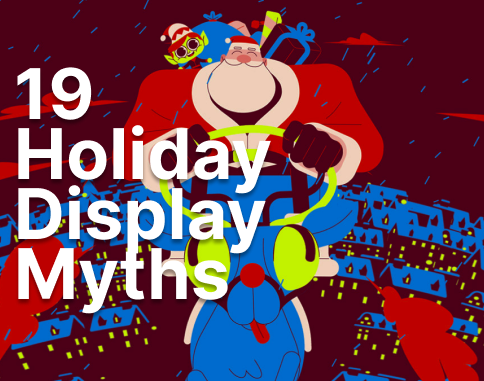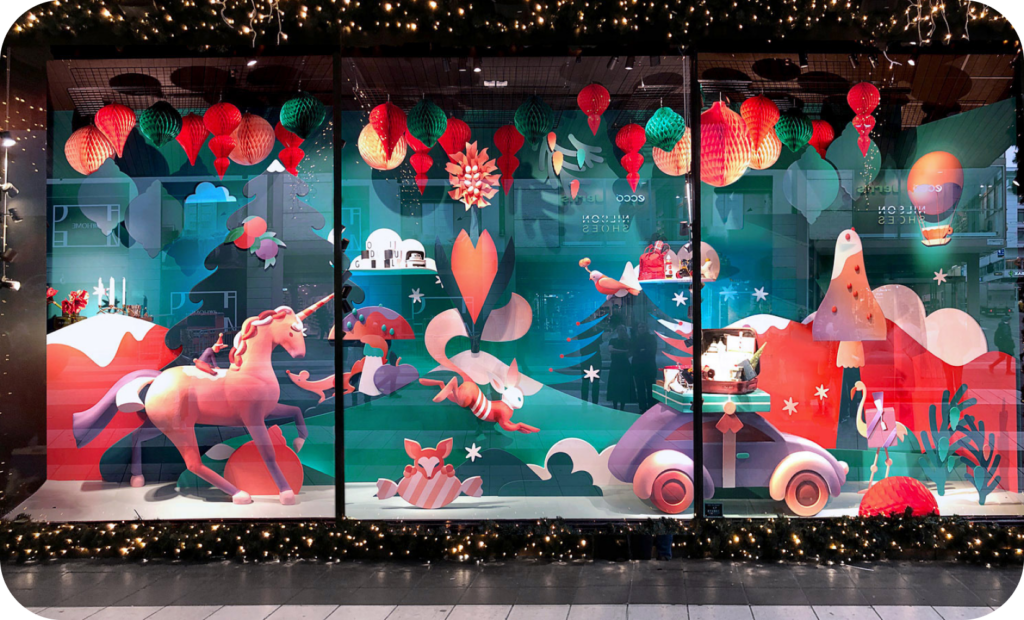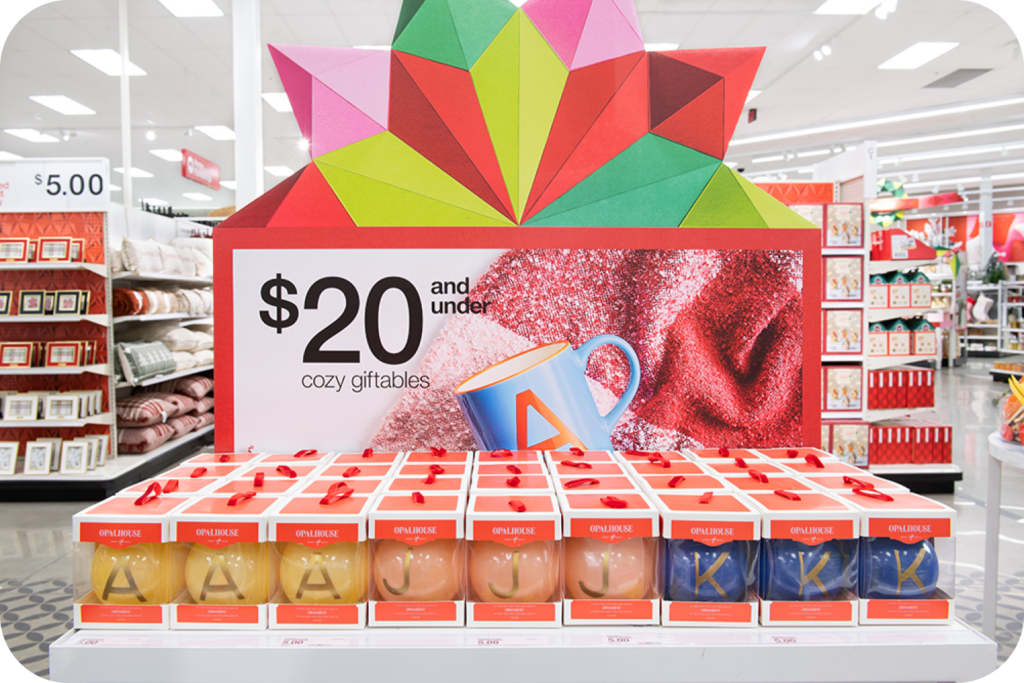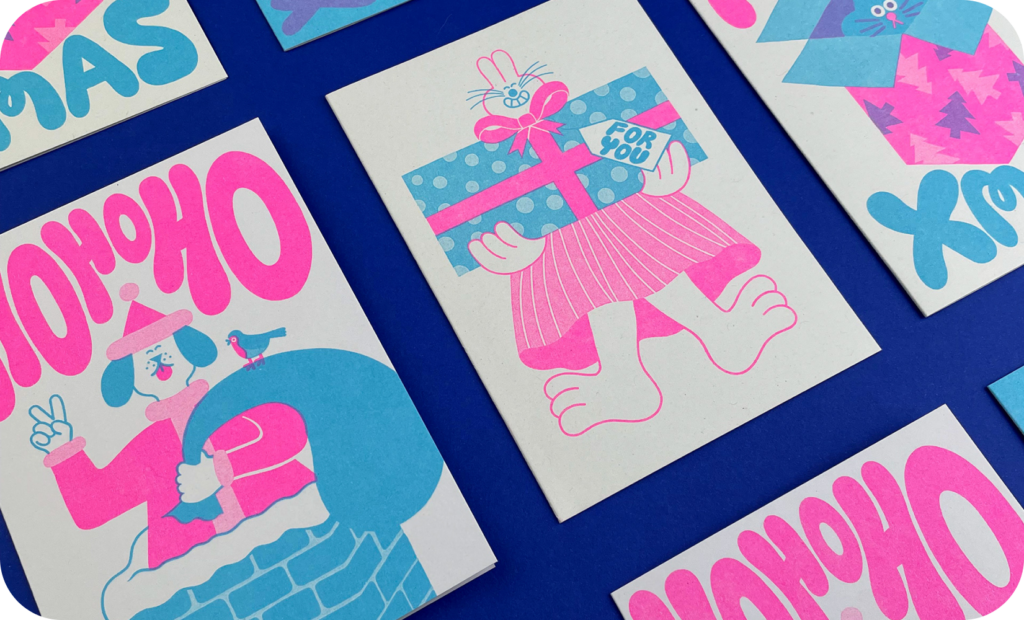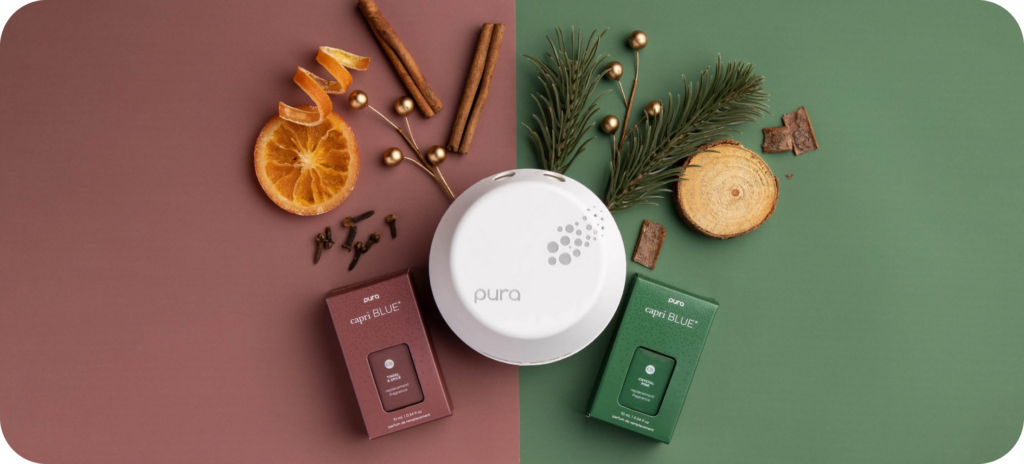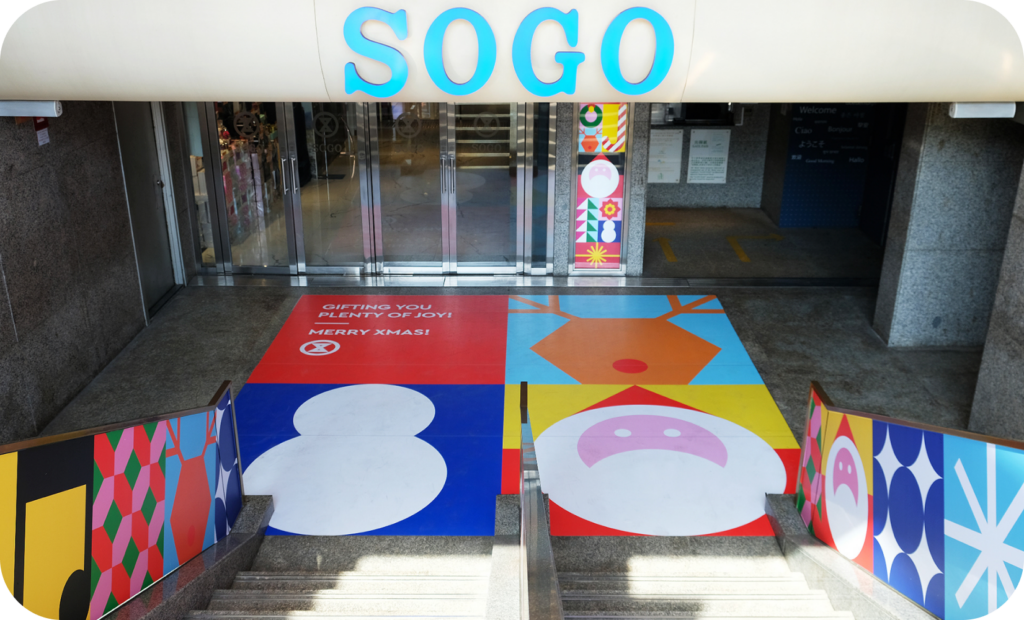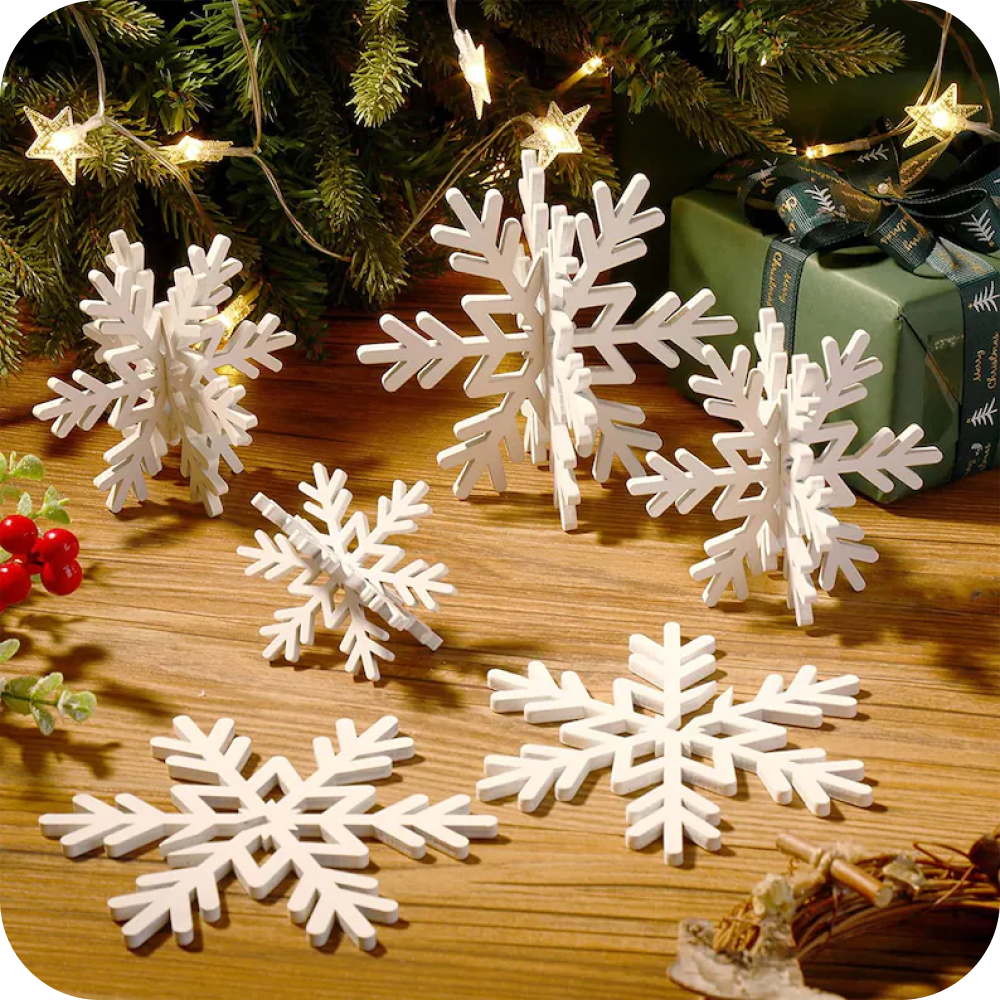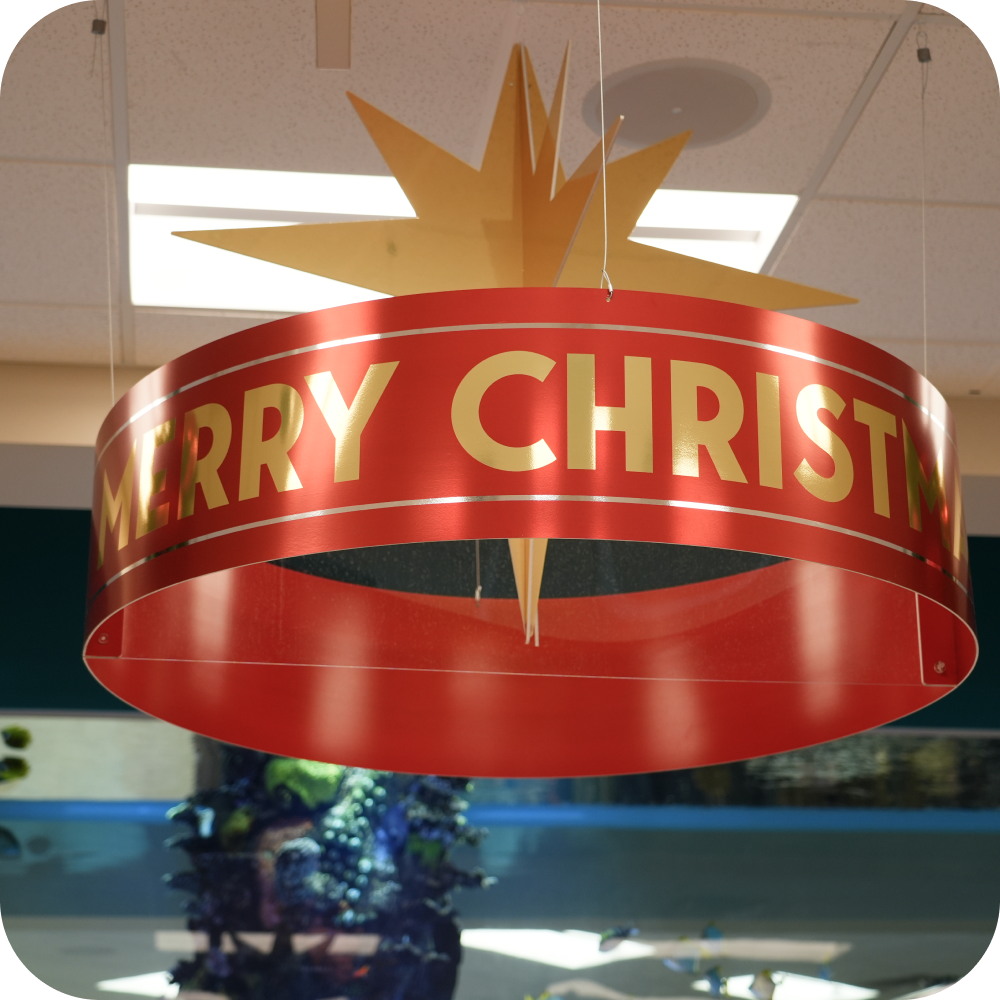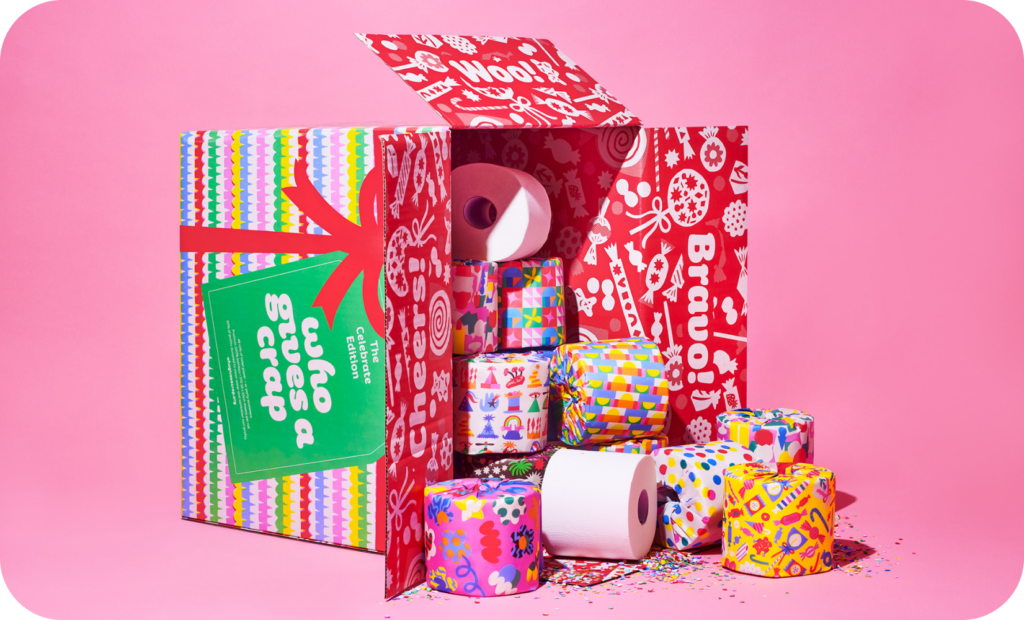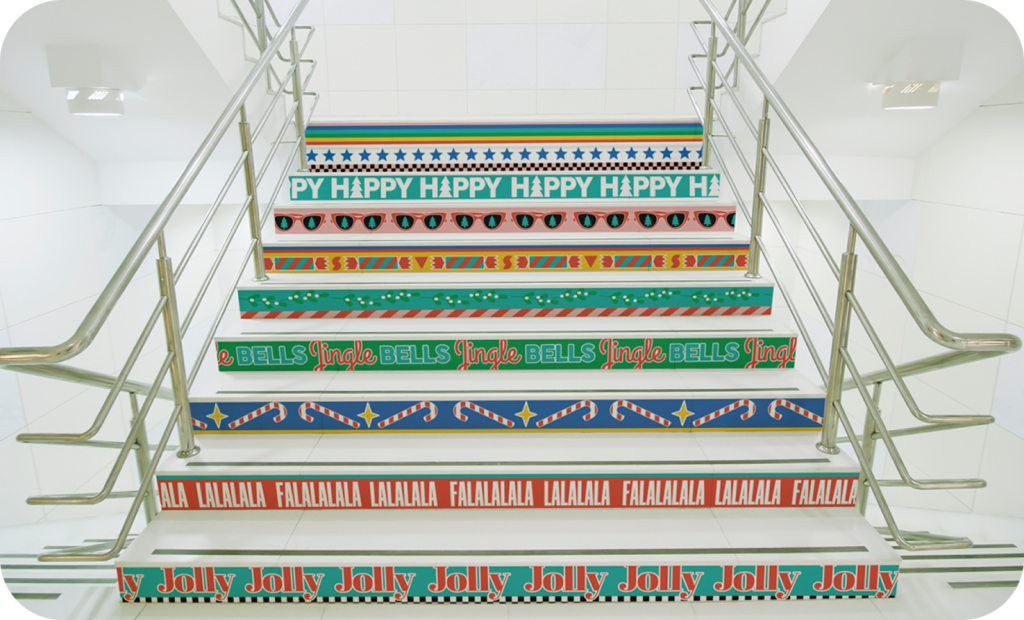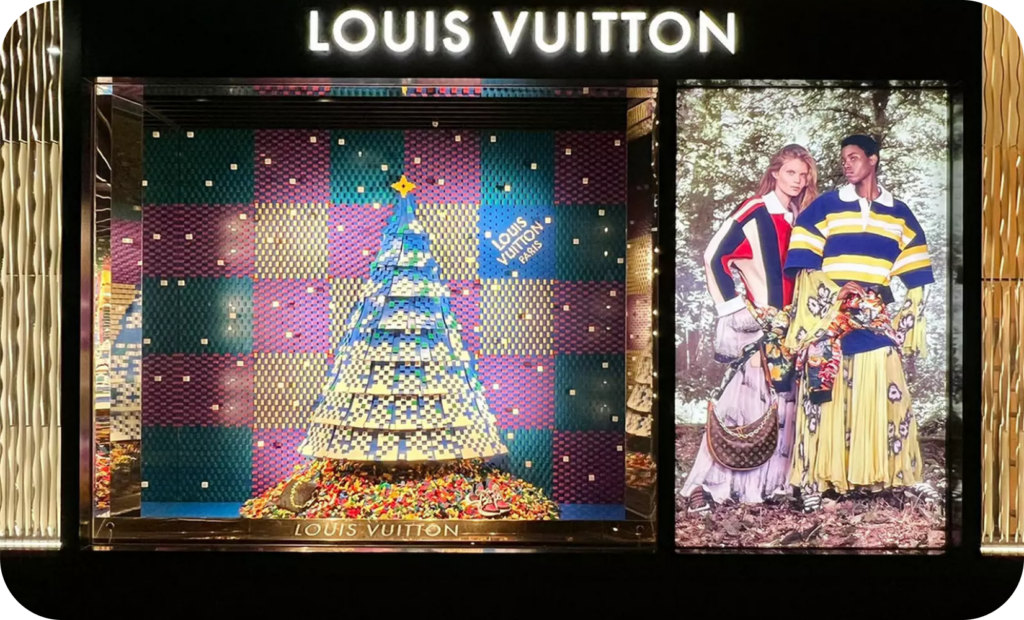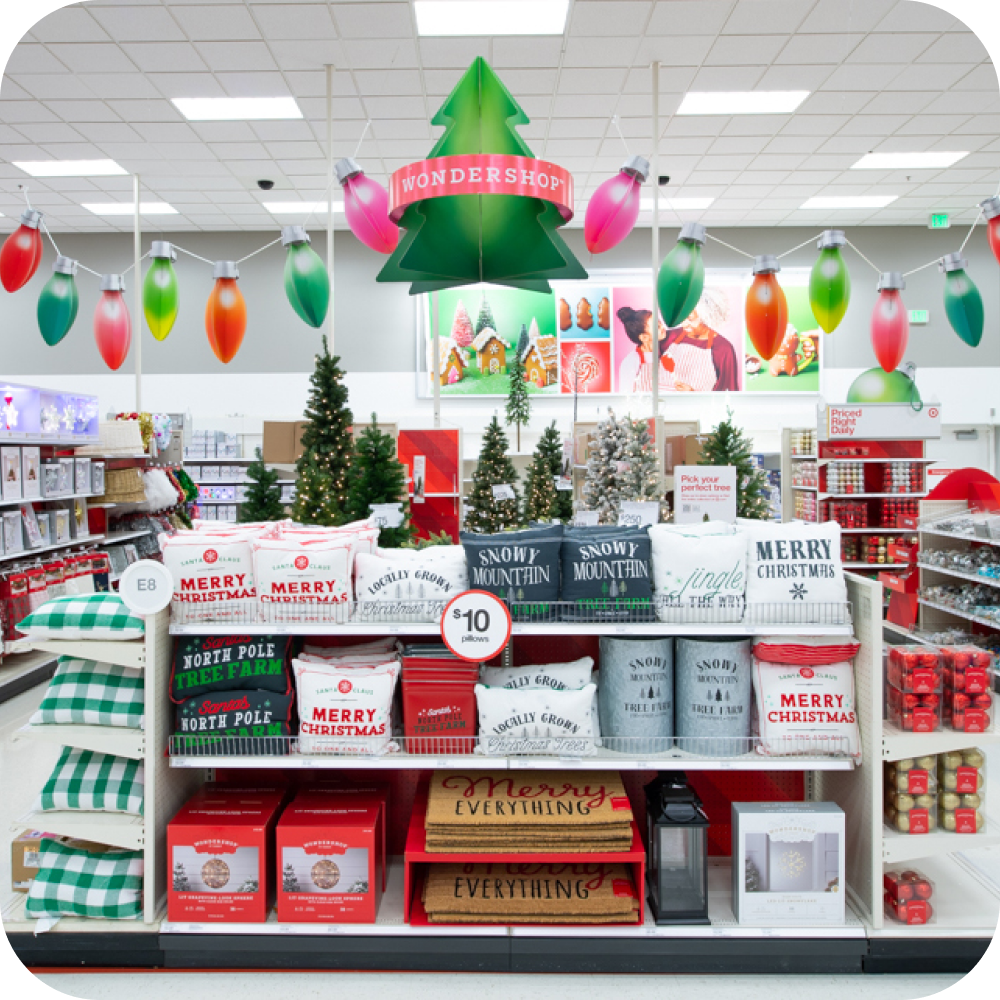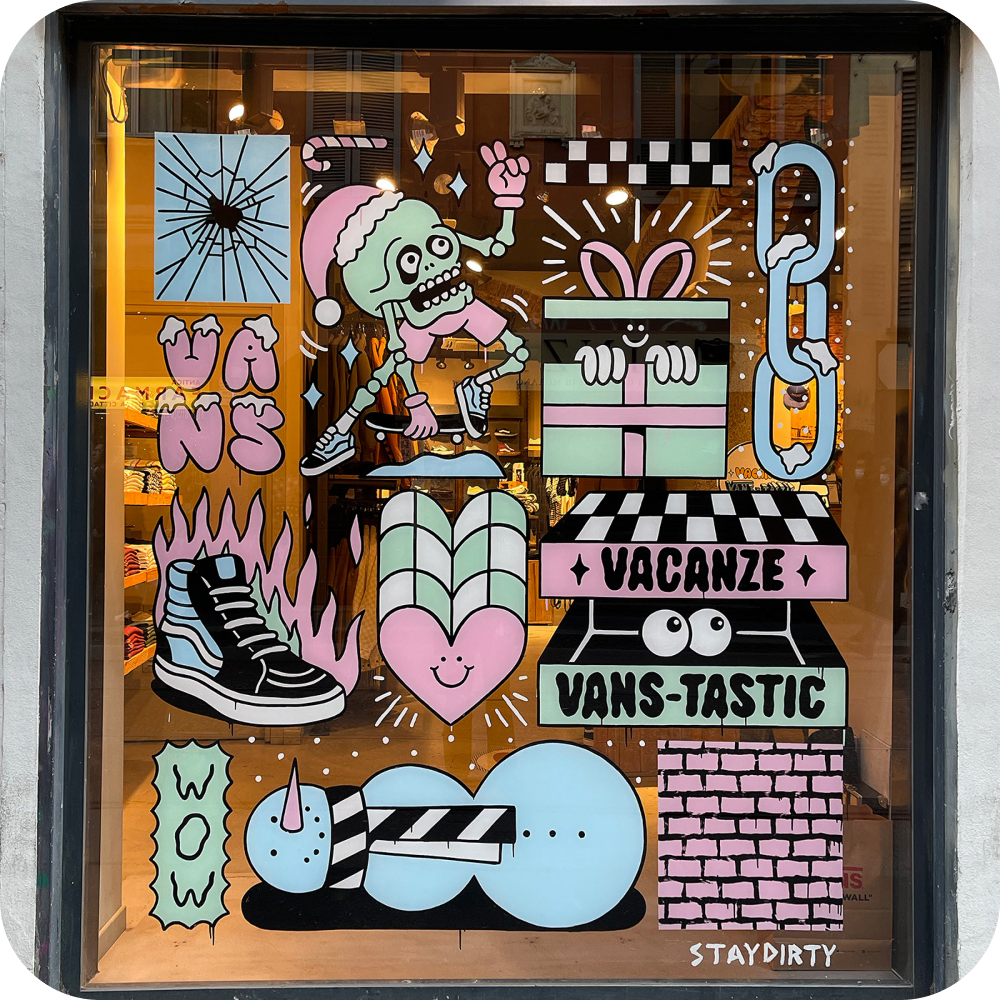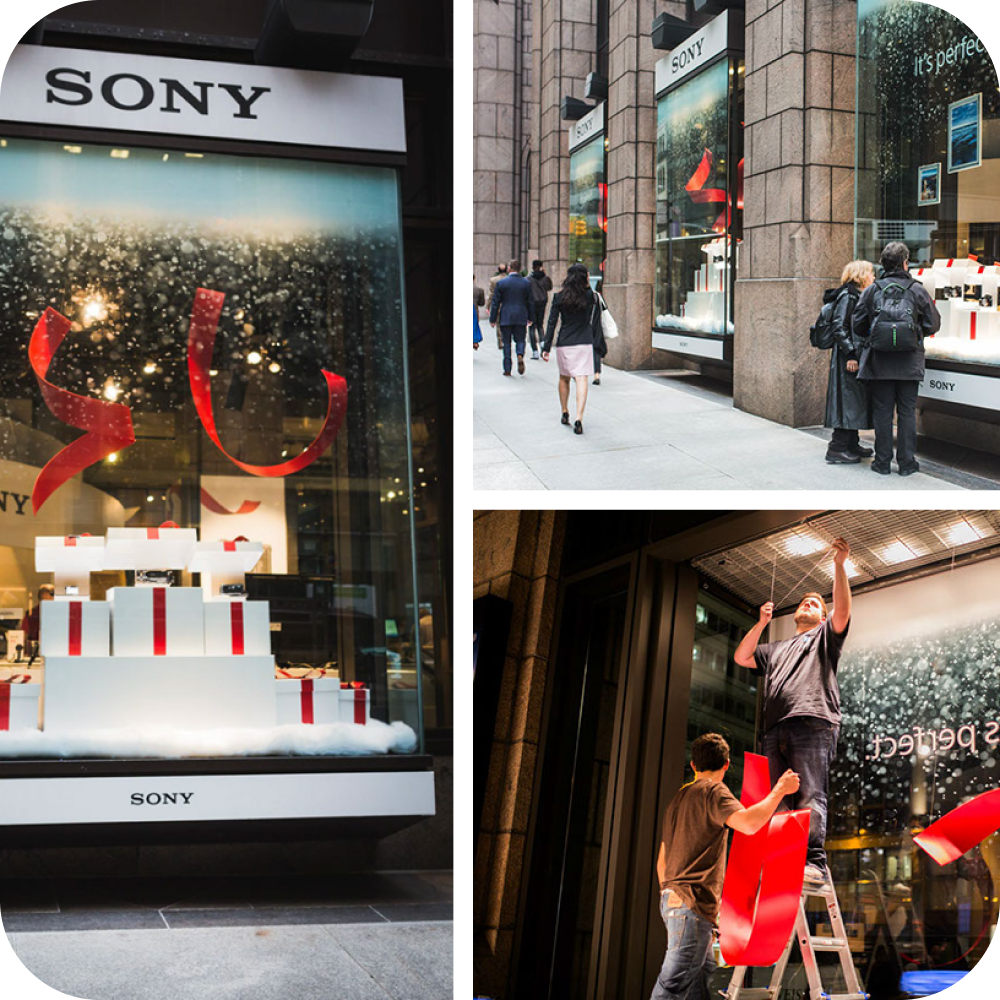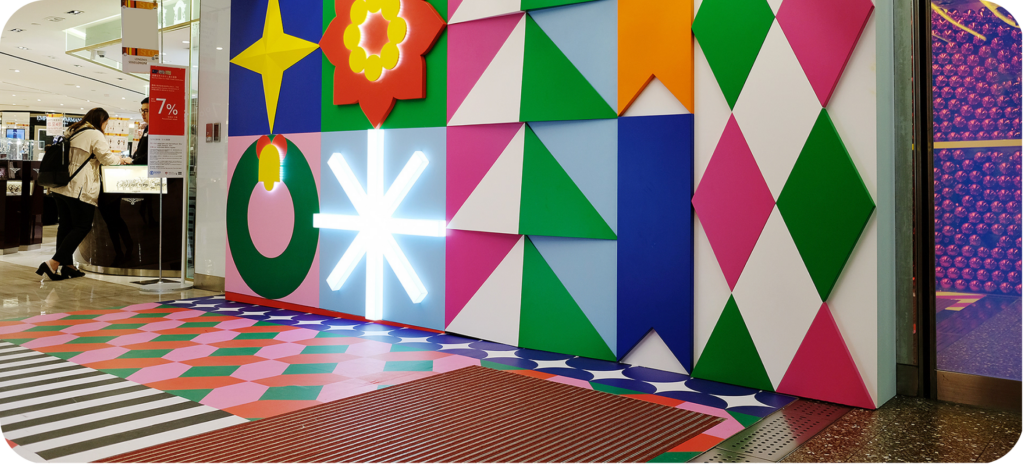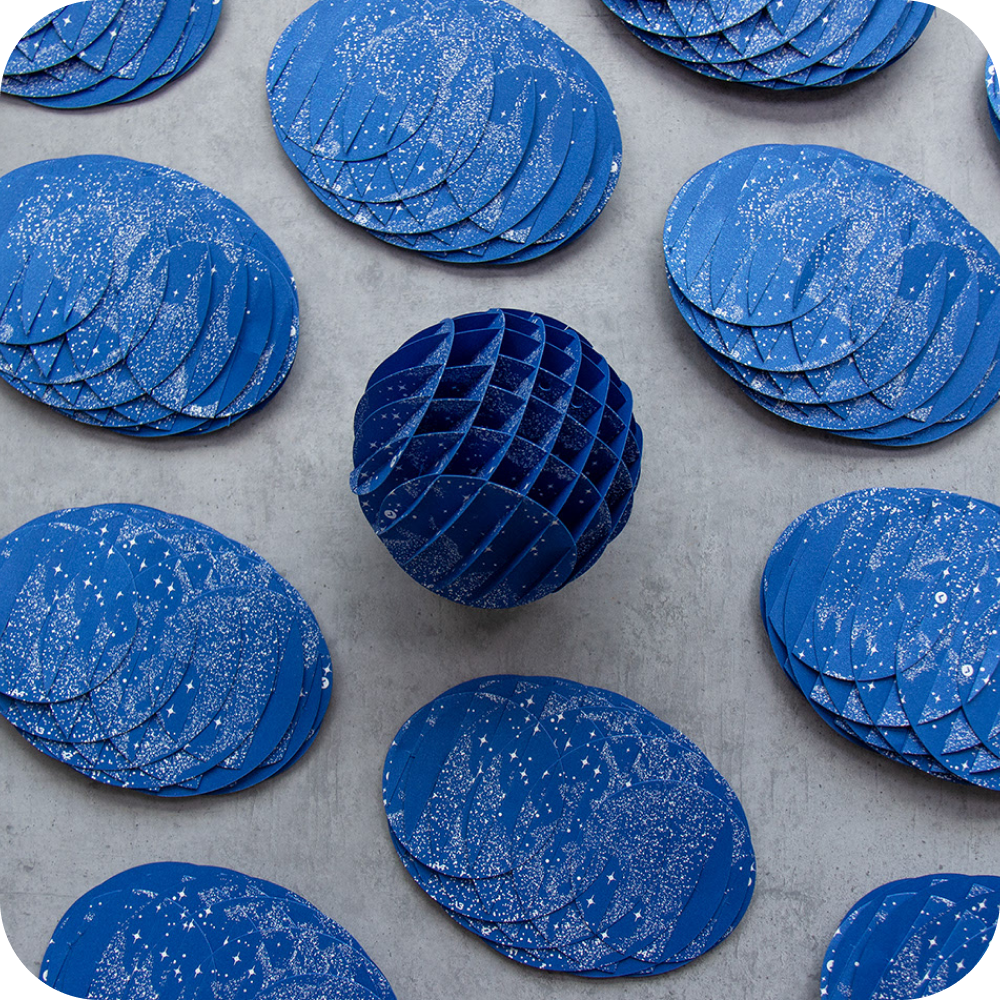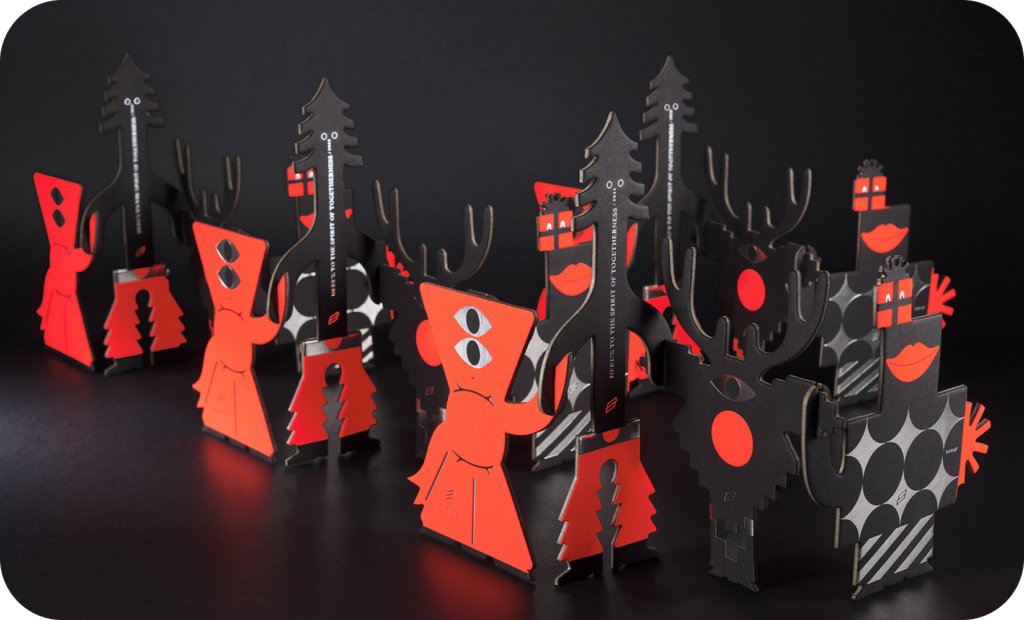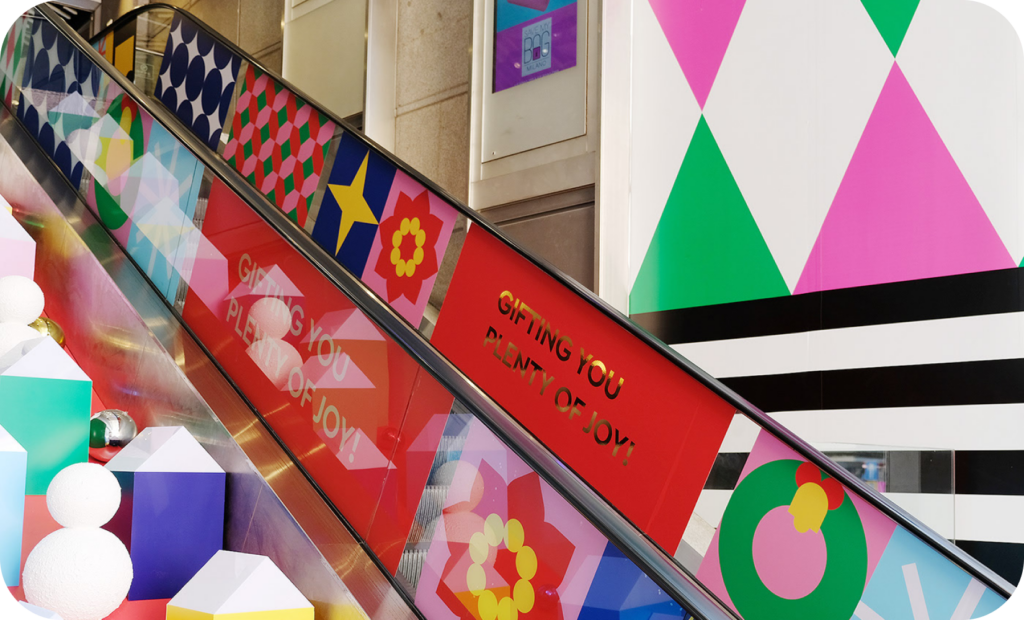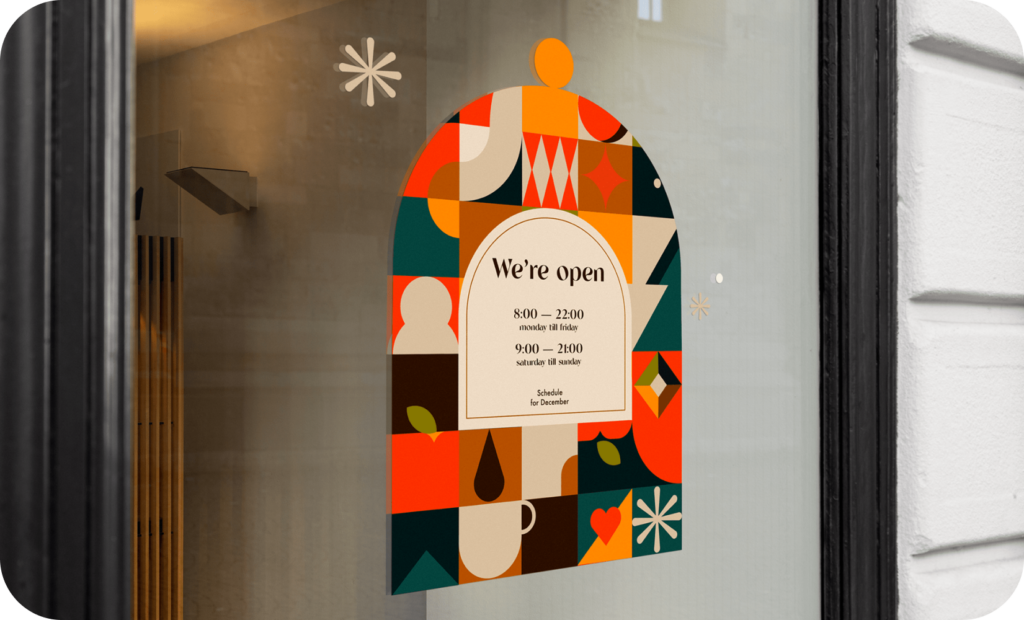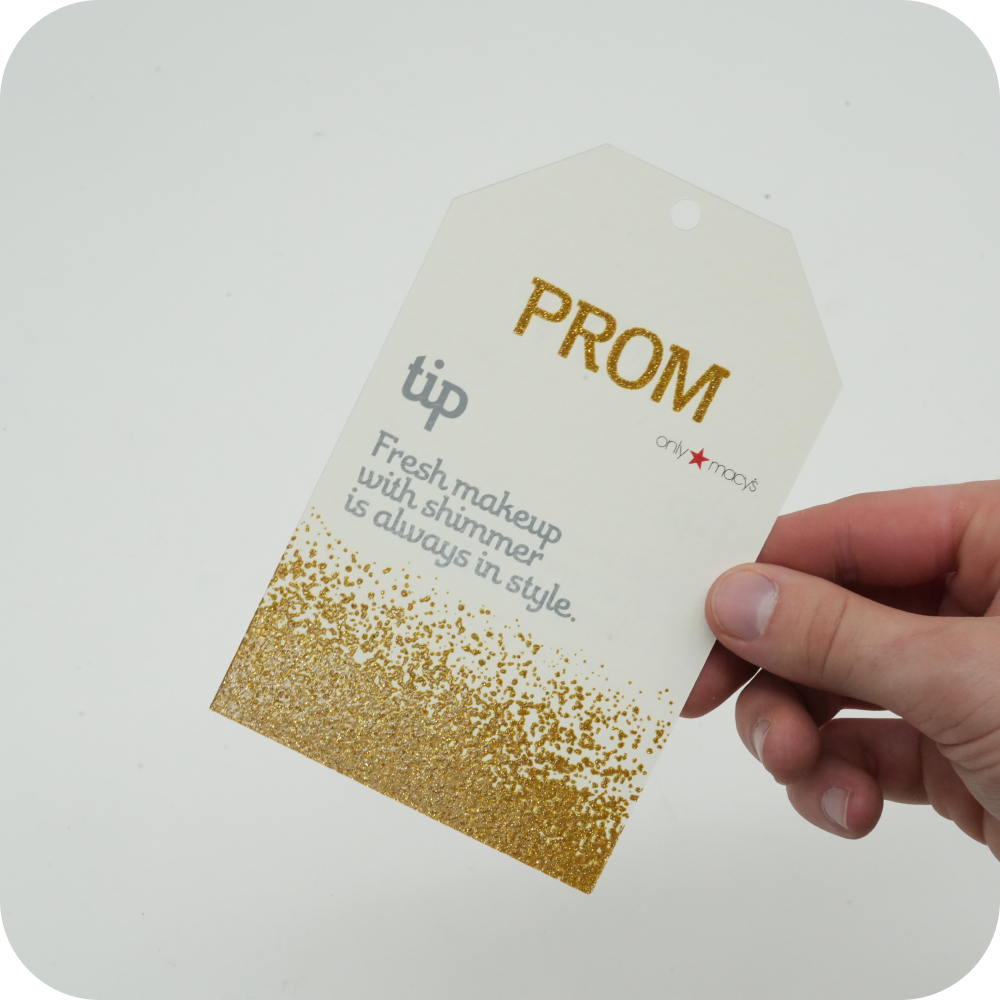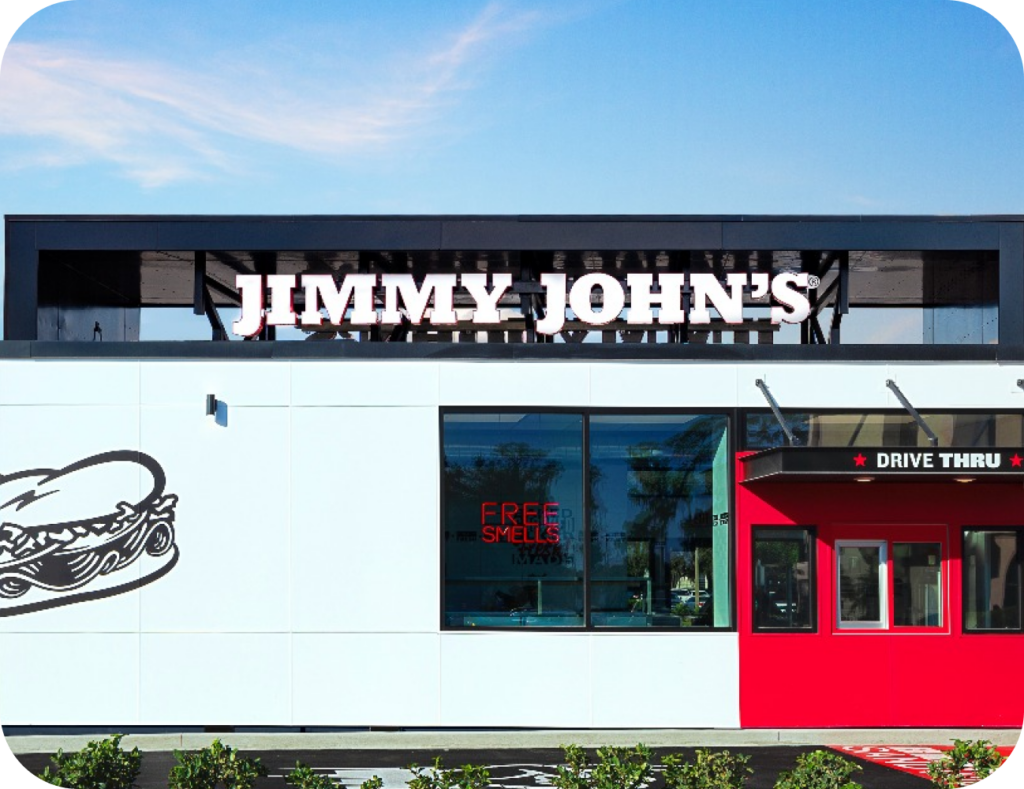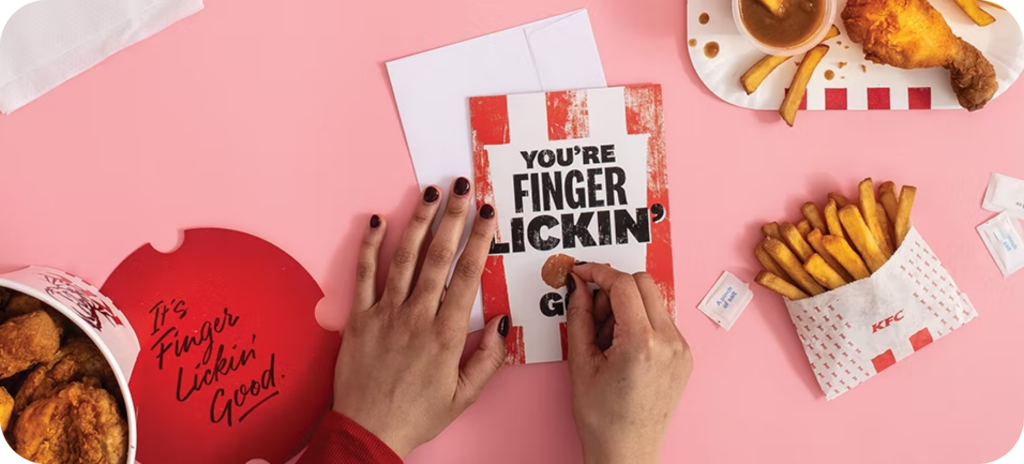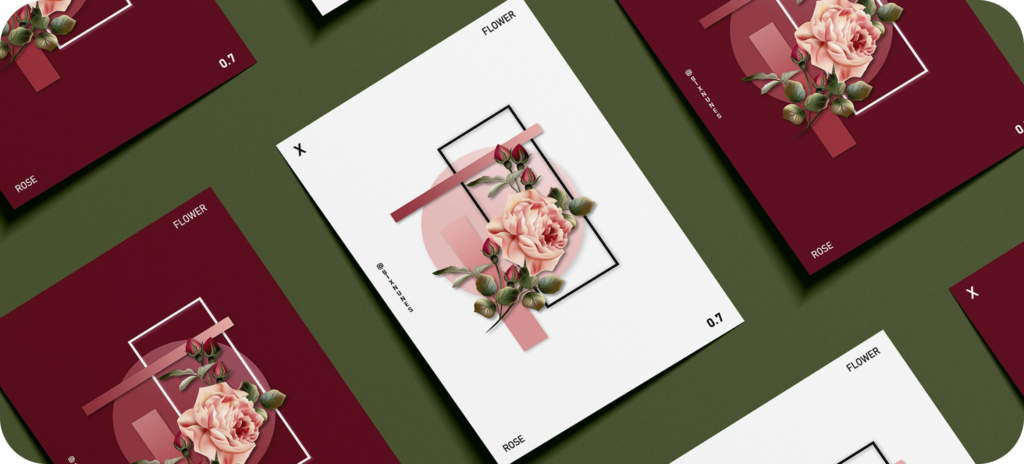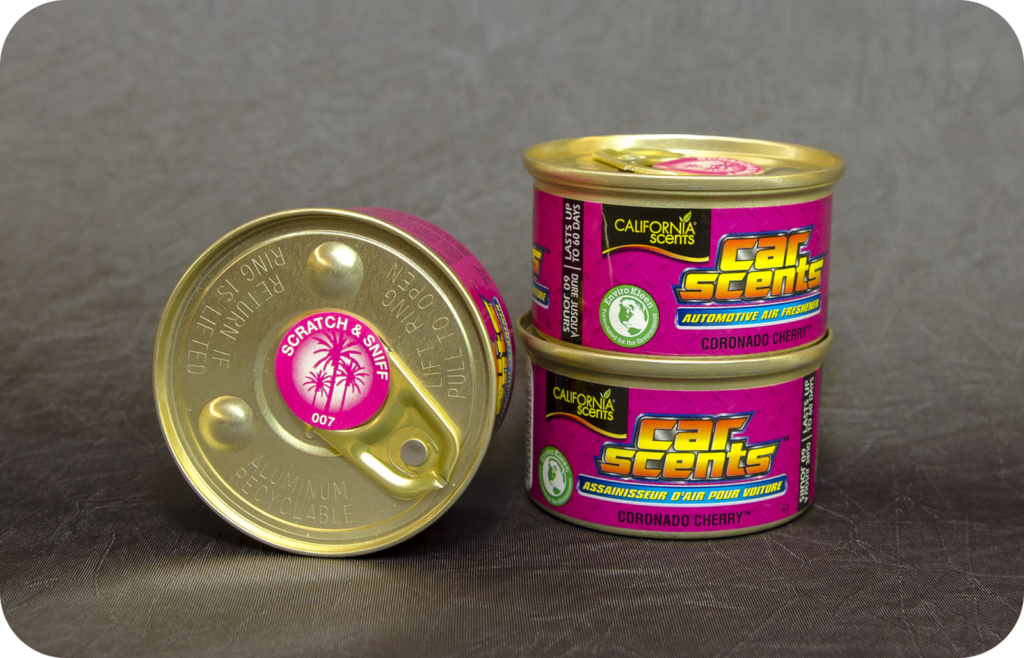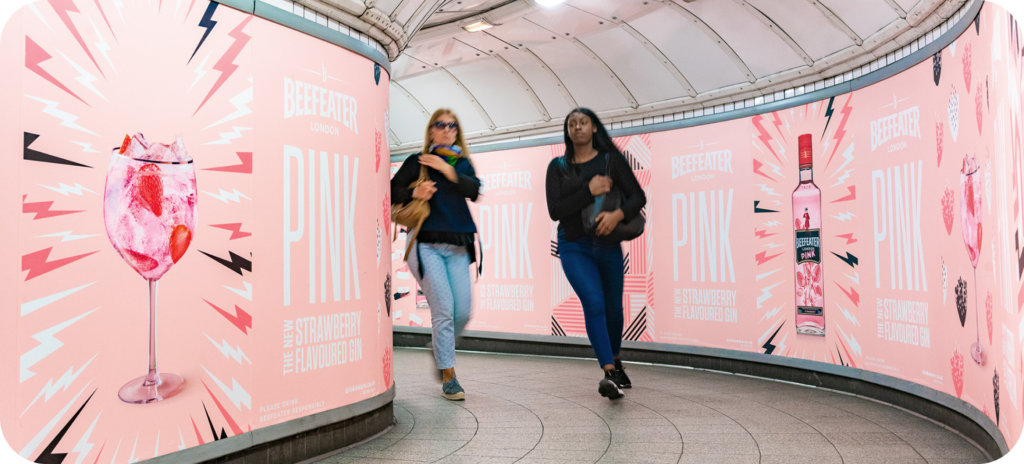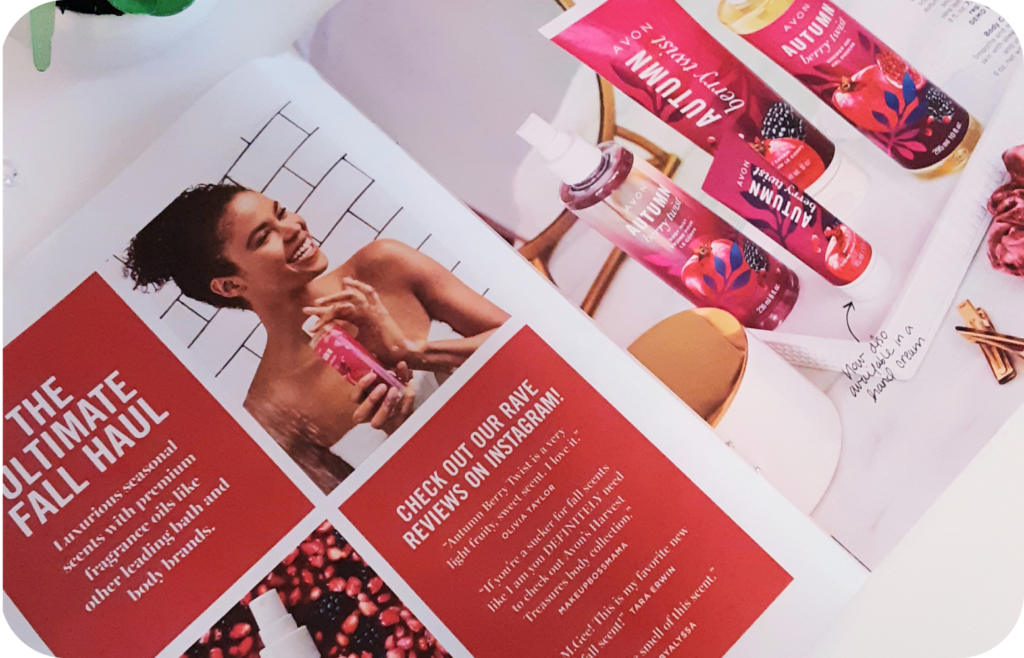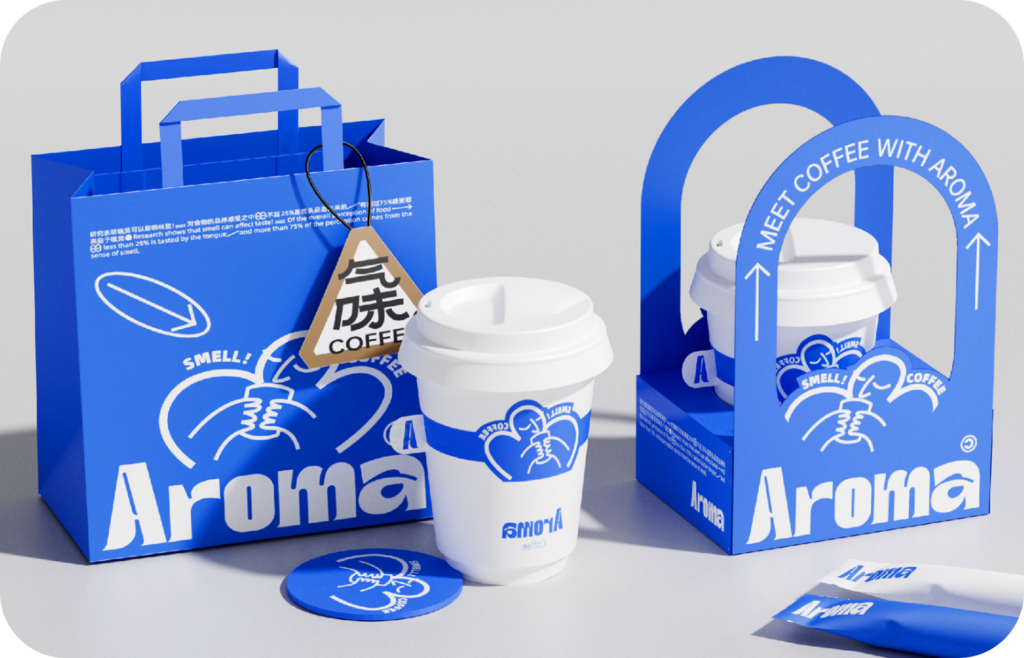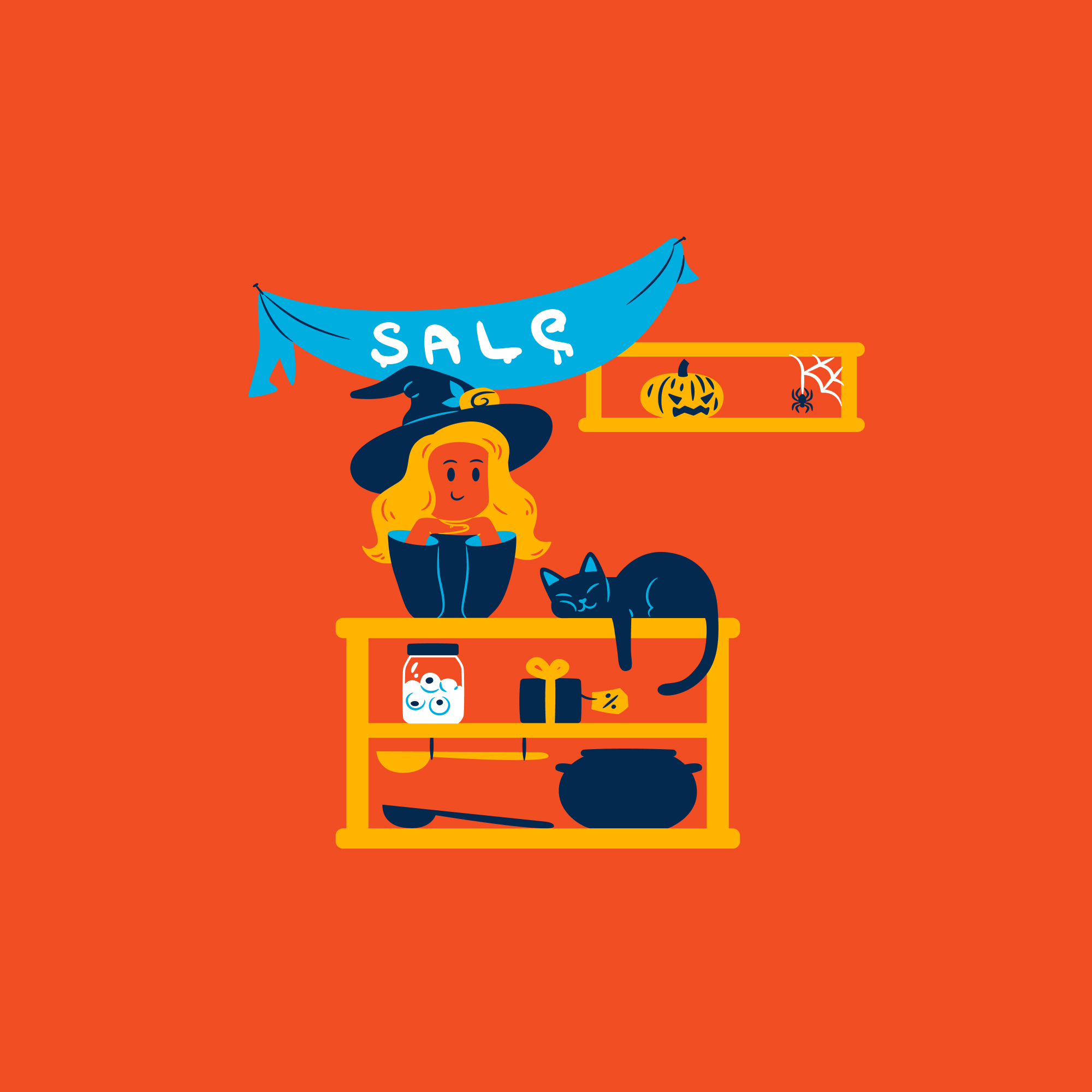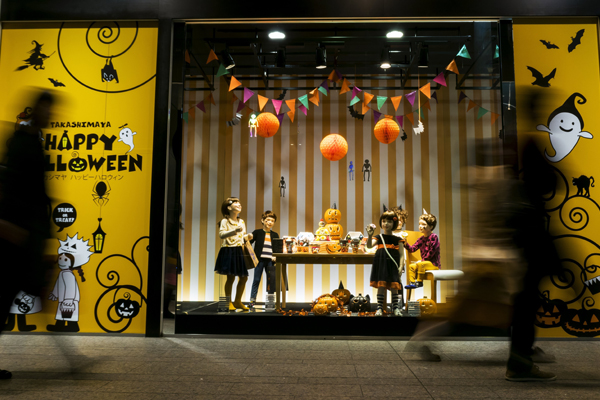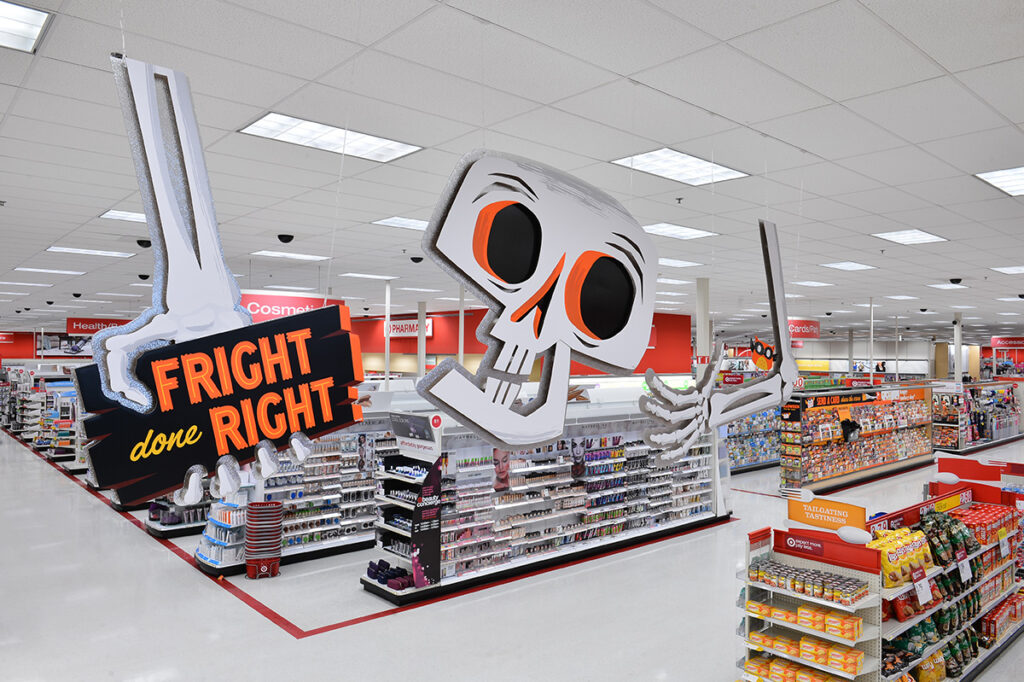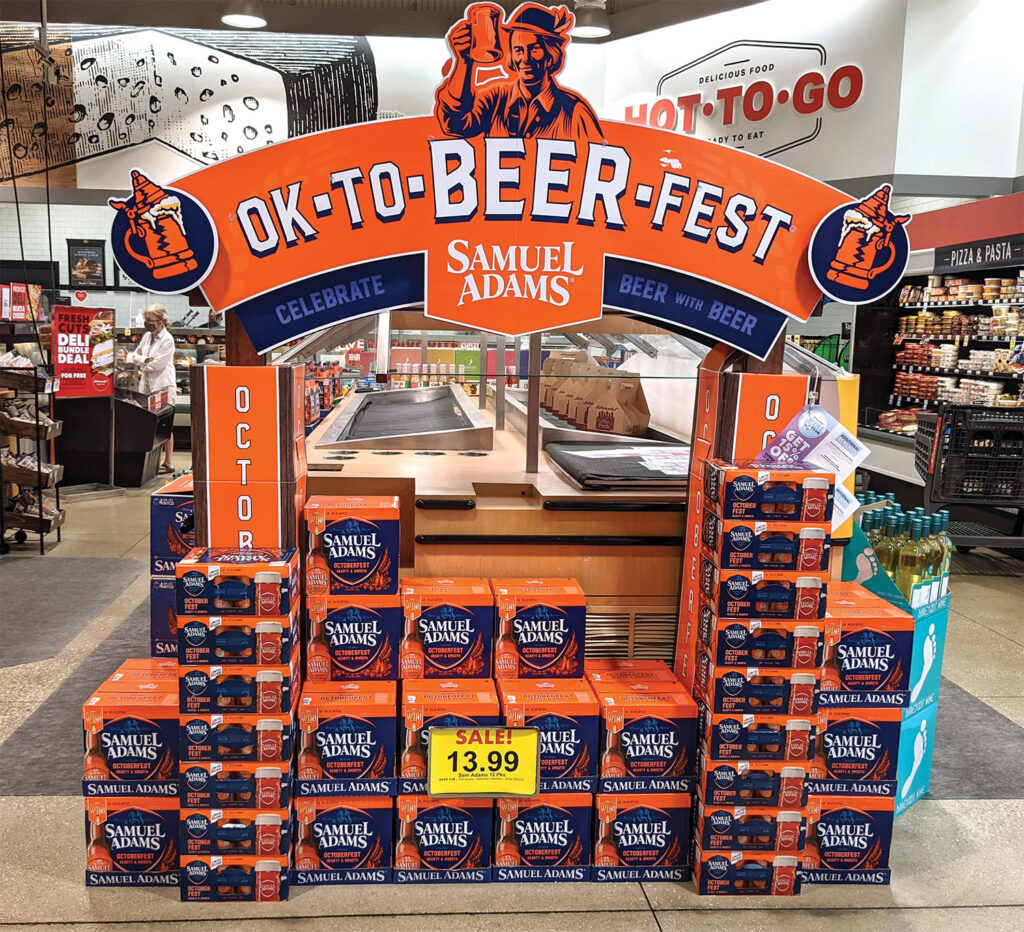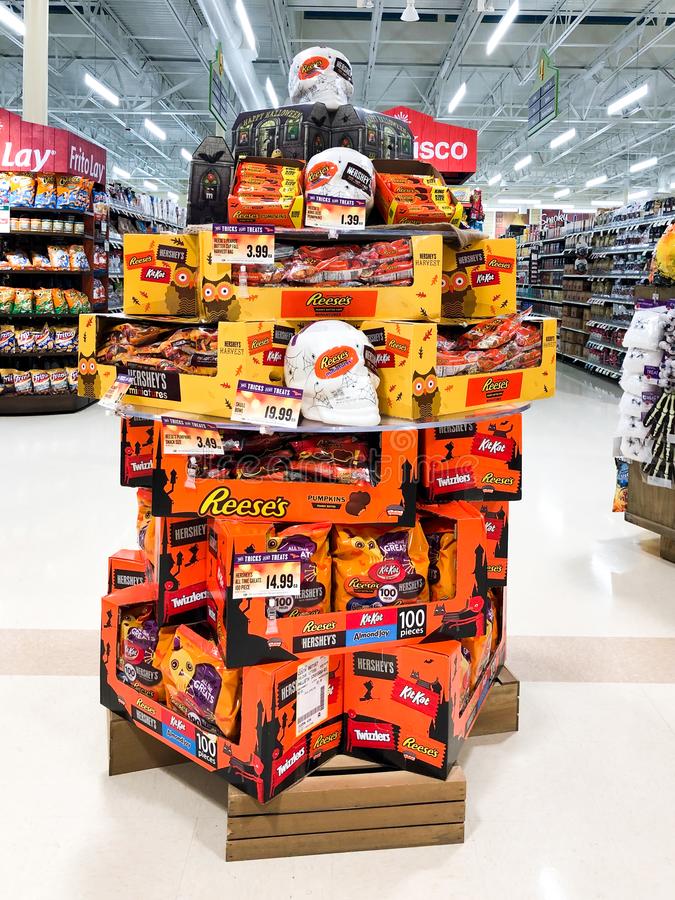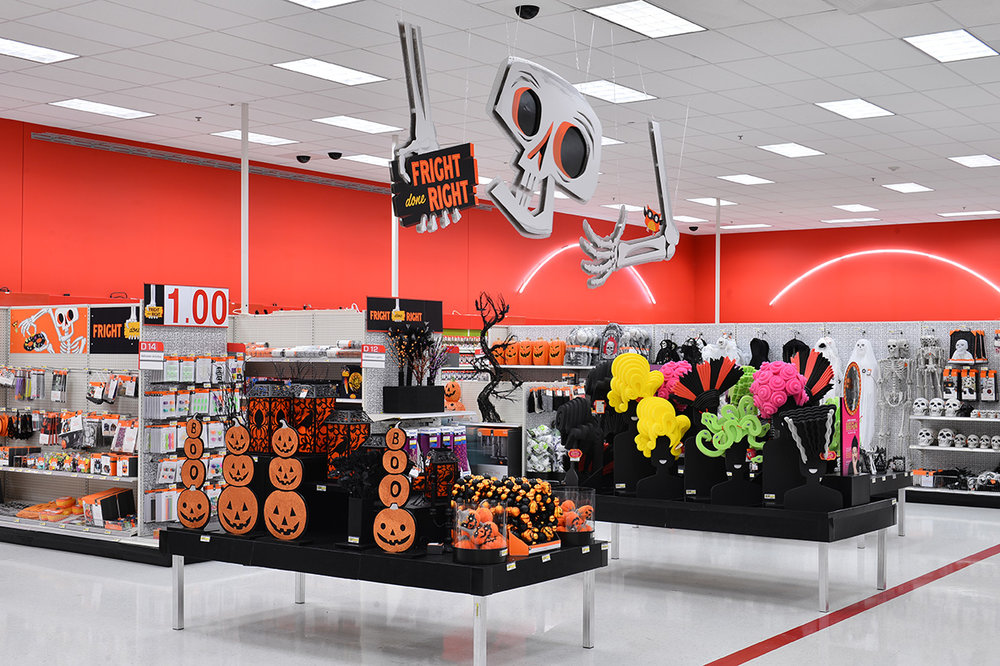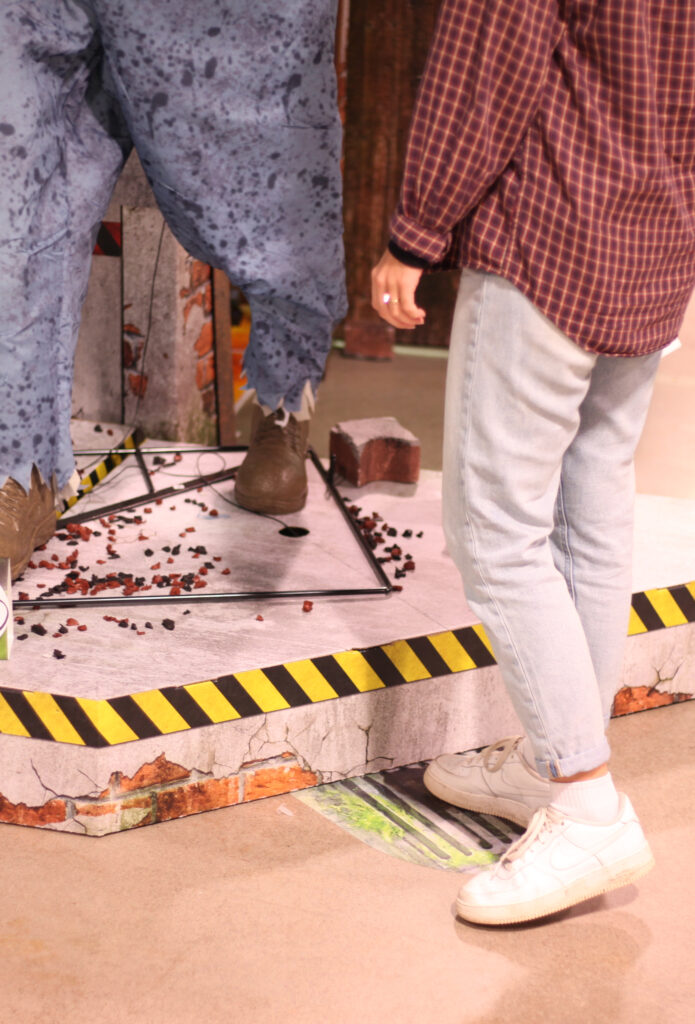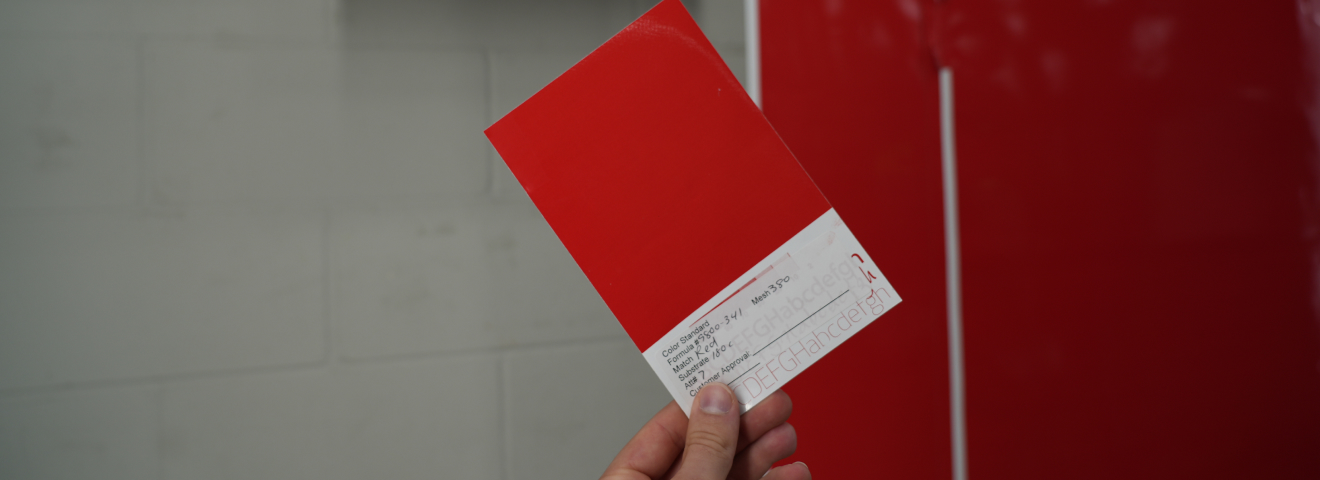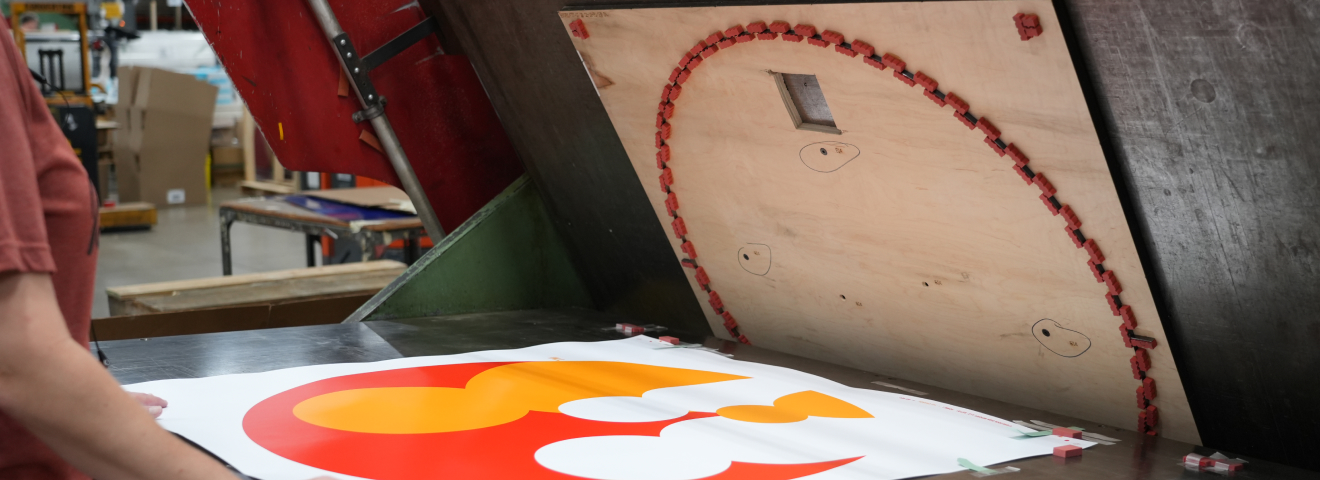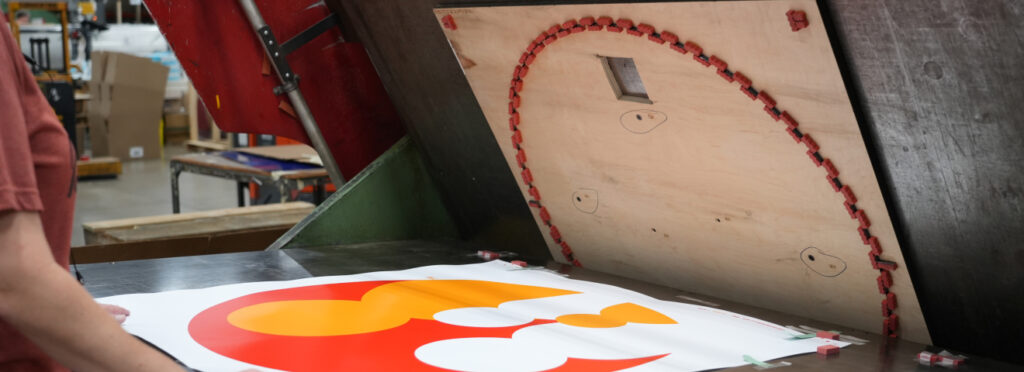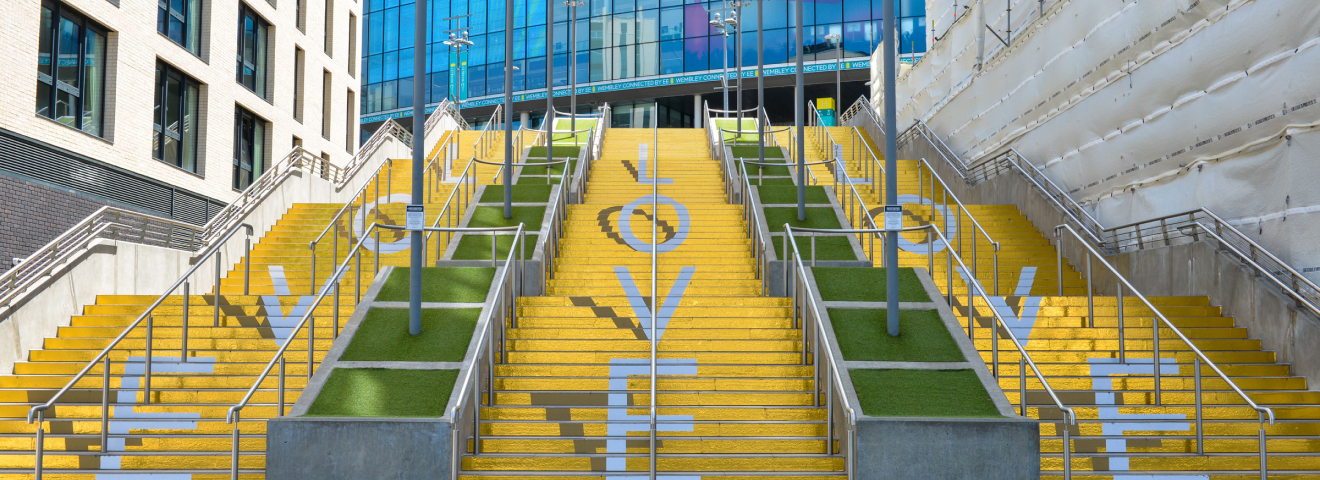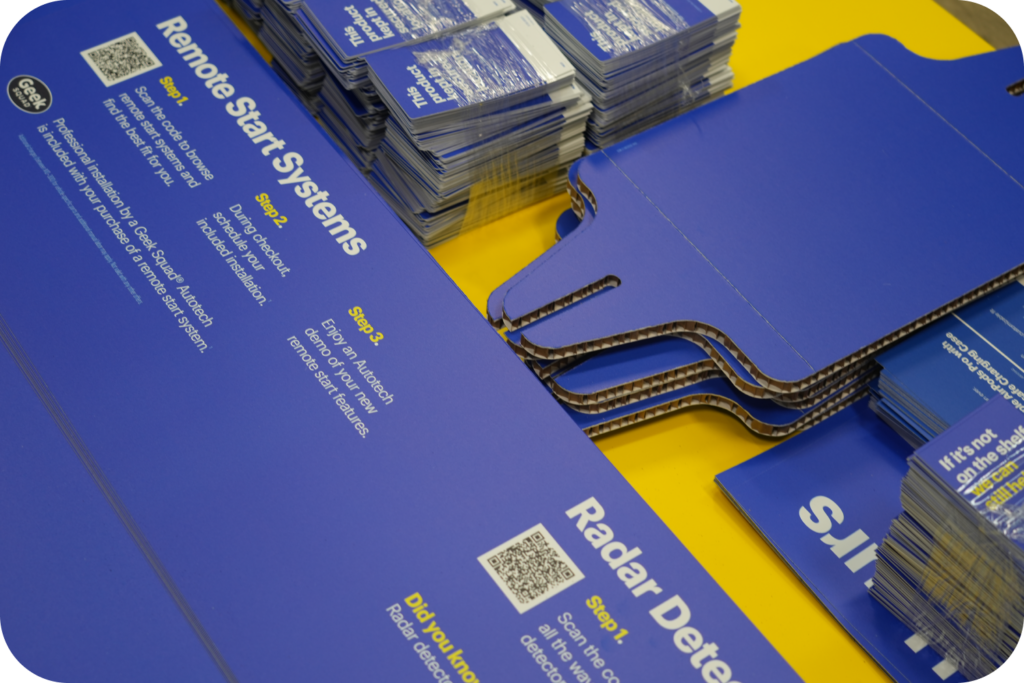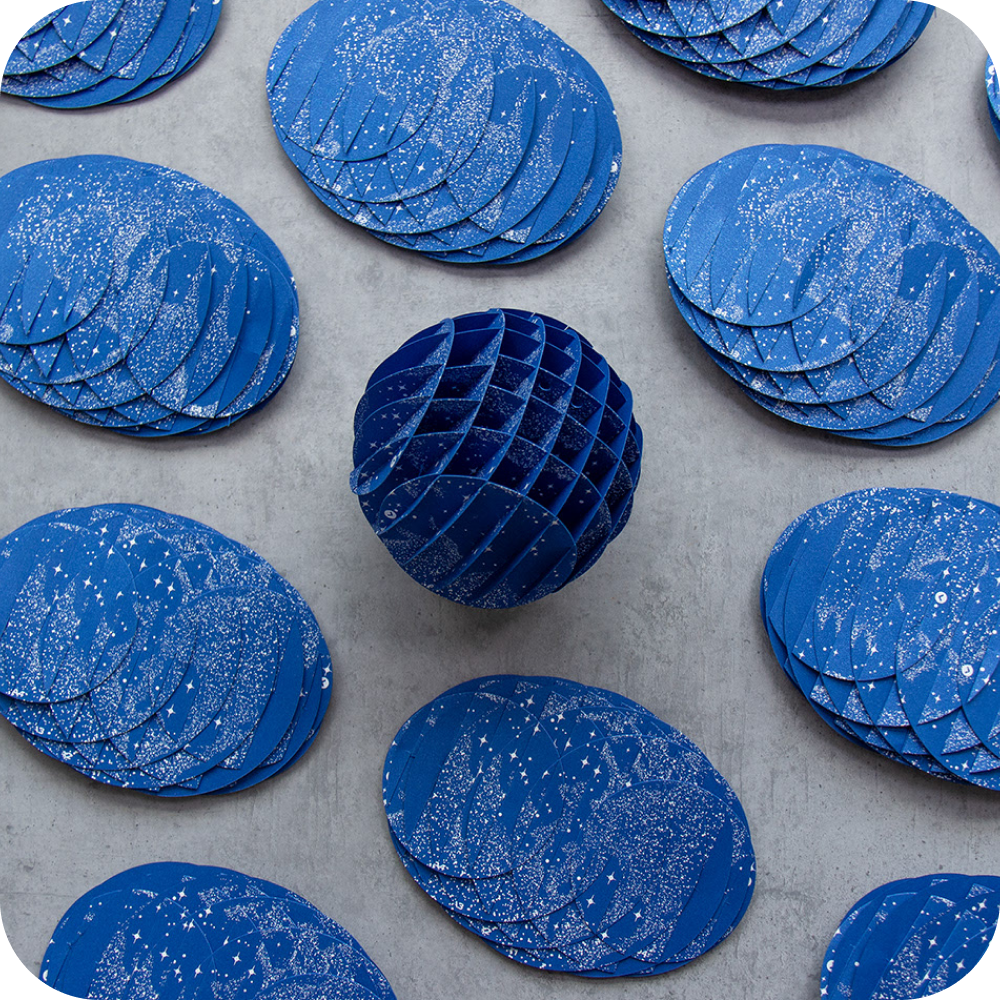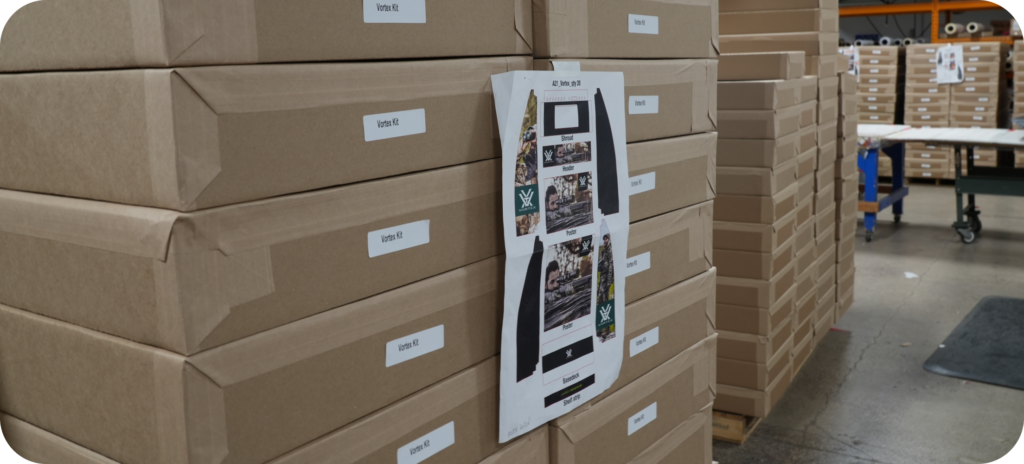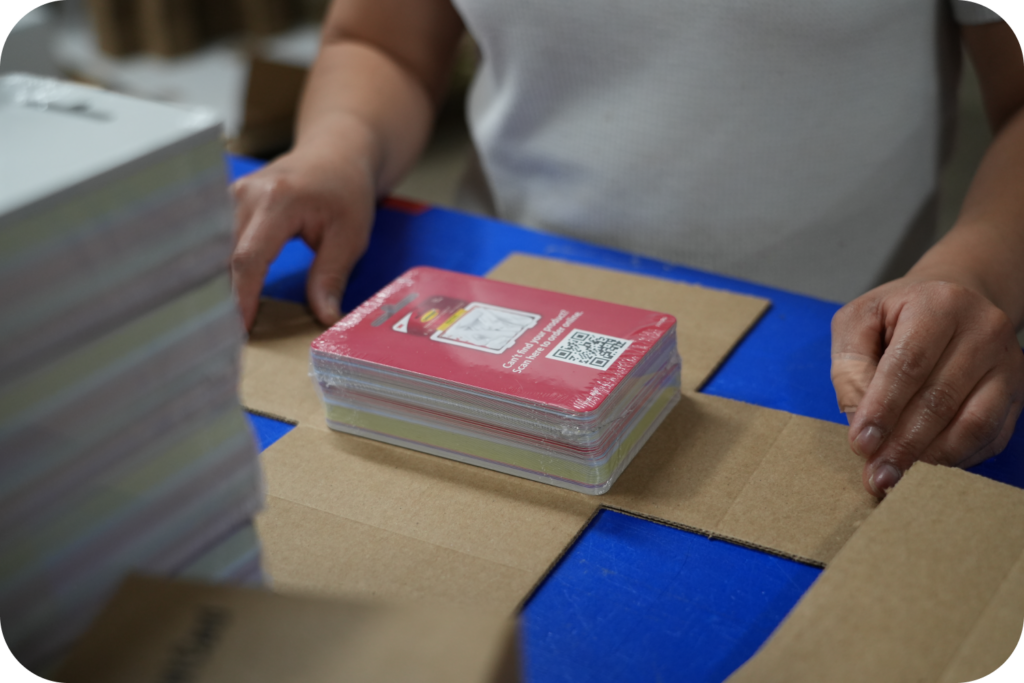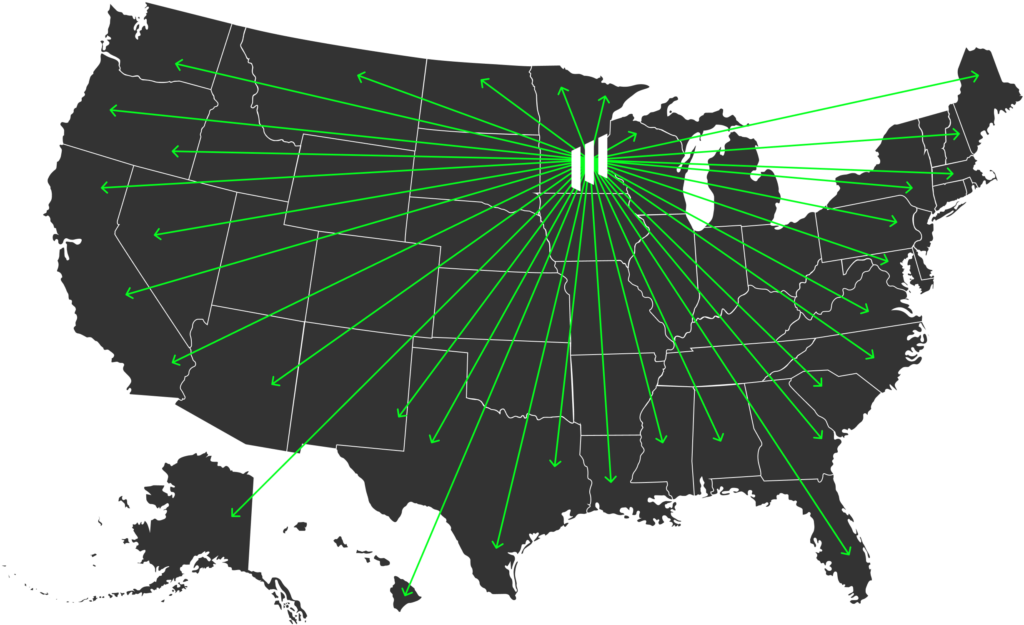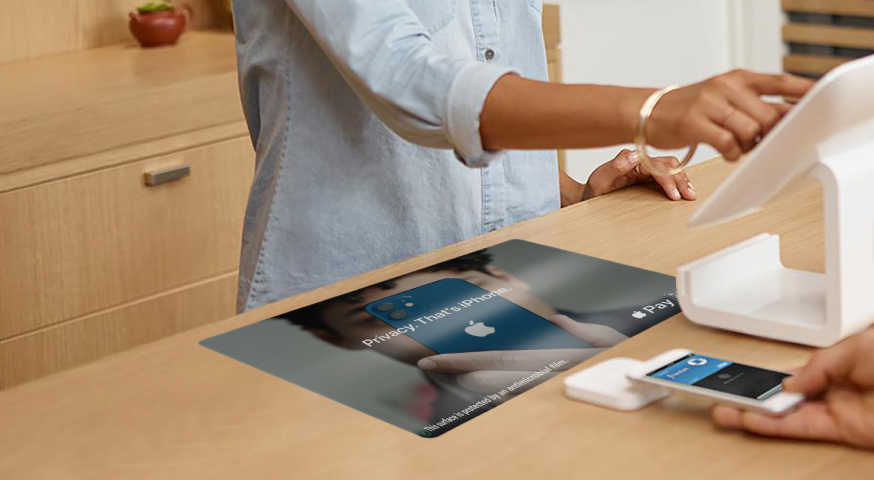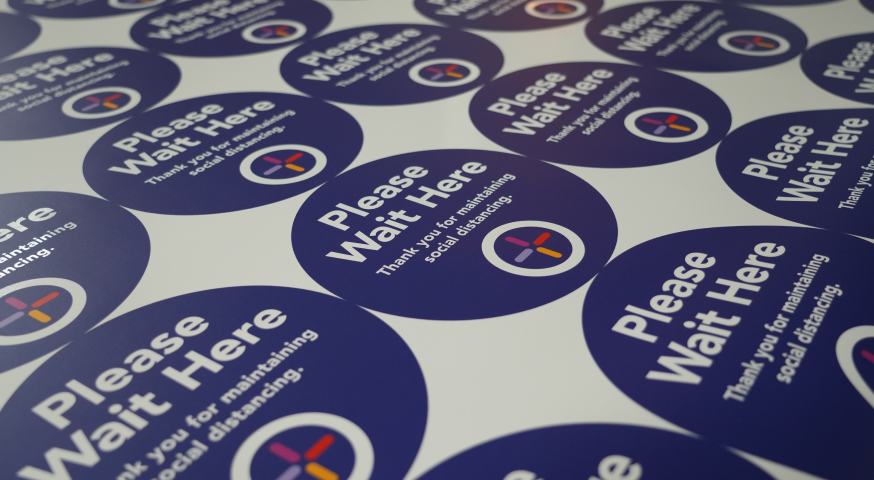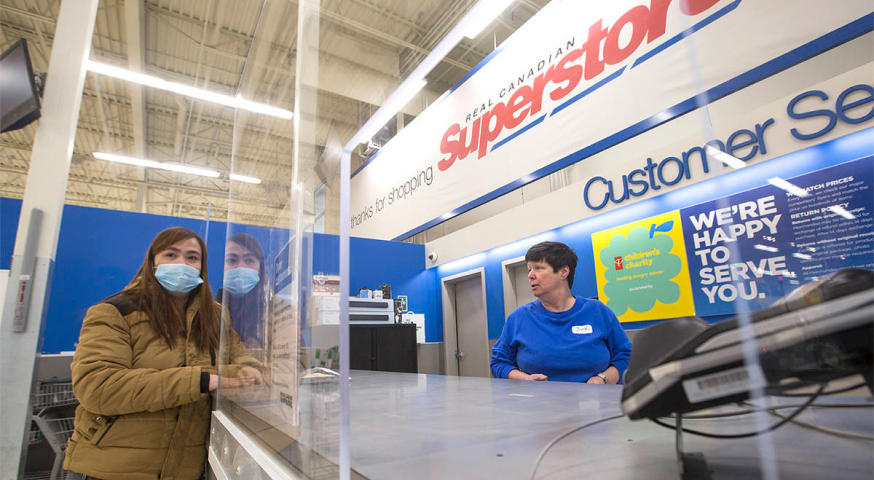
Fleet graphics are inherently one of the most cost-effective forms of advertising, passively driving your message home to millions while you transfer goods.
64% of US drivers notice vehicle graphics
– Nielsen Out of Home Advertising Study 2019
One Truck With Fleet Graphics generates an average of 30,000-70,000 impressions per day (10-14 million per year)
– “Measuring the Value of Vehicle Wraps” by ARD Ventures
Vehicle marketing results in a 97% message recall, compared to a 19% retention for stationary signage
– RYP & Becker Group
Out-of-home advertising generates nearly 4x more online activations per ad dollar than TV, radio, and print
– Nielsen March 2017 OOH Online Activation Survey
Memorable fleet graphics have great potential to increase engagement and revenues. Modernistic can provide cost-effective solutions for your next project – further increasing ROI to your bottom line. With fifty years’ experience printing, cutting, and installing major brand vehicle wraps, we’ve developed the following 10 tips to save money on mobile media programs.

1. Online Ordering
Ordering your fleet graphics from an online portal saves you time and keeps the buying process simple and organized. You can track orders and even let franchisees purchase the fleet graphics they need. Check out our easy-to-use online print ordering system here.
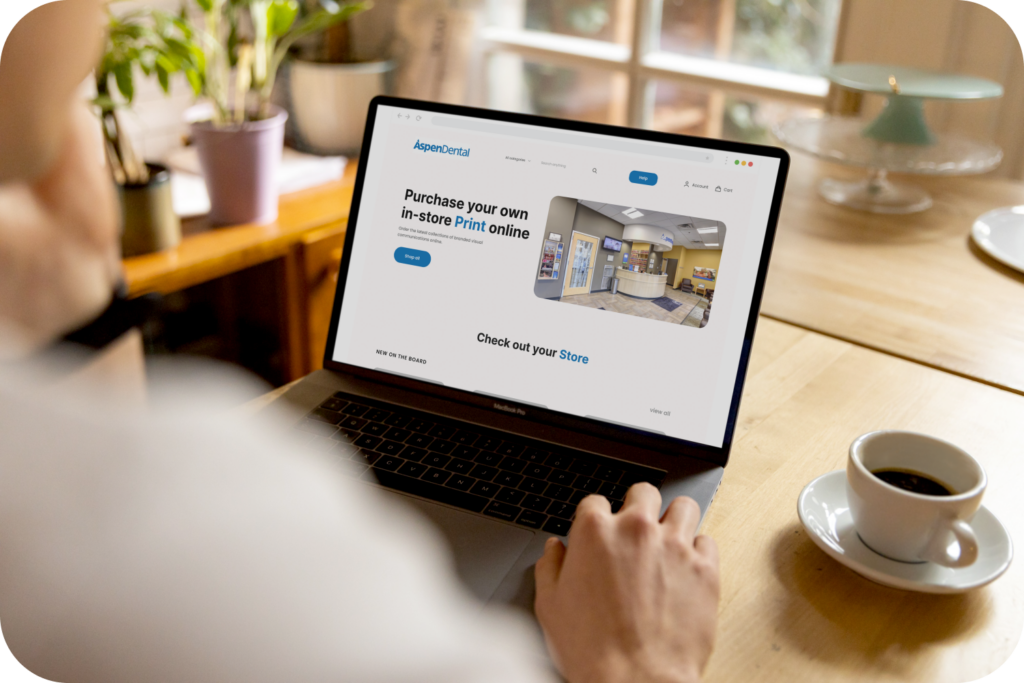
2. Know Your Fleet Graphic Coverage Options!
There are a lot of different graphic coverage options available to fit your budget and advertising goals. With the right graphic, it’s possible to achieve high-quality results that meet your unique business needs. Below is a quick guide.
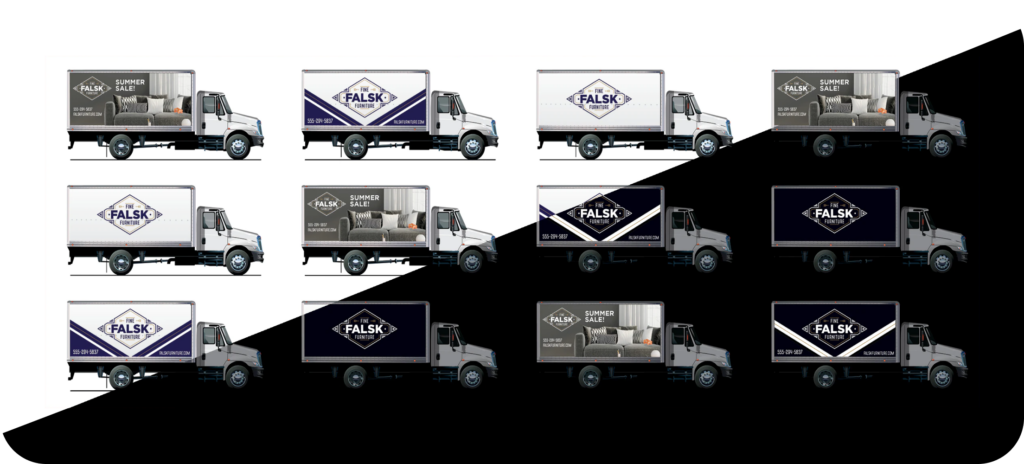
Spot Graphics / Decals
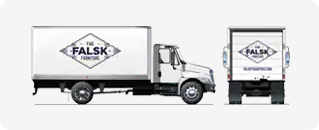
Partial Wraps
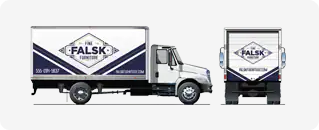
Full Wrap
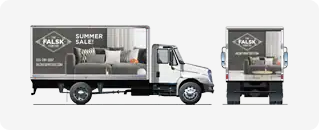
Reflective Accents
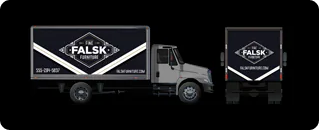
Full Reflective Wrap
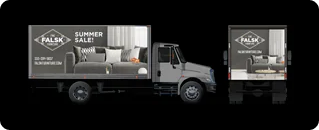
3. Utilize The OEM Vehicle Color
Expenses can be minimized by ordering vehicles in the color you plan to use for your fleet graphics and then adding eye-catching graphics! Dialog between fleet graphics managers and vehicle purchasers often miss this no-brainer idea.
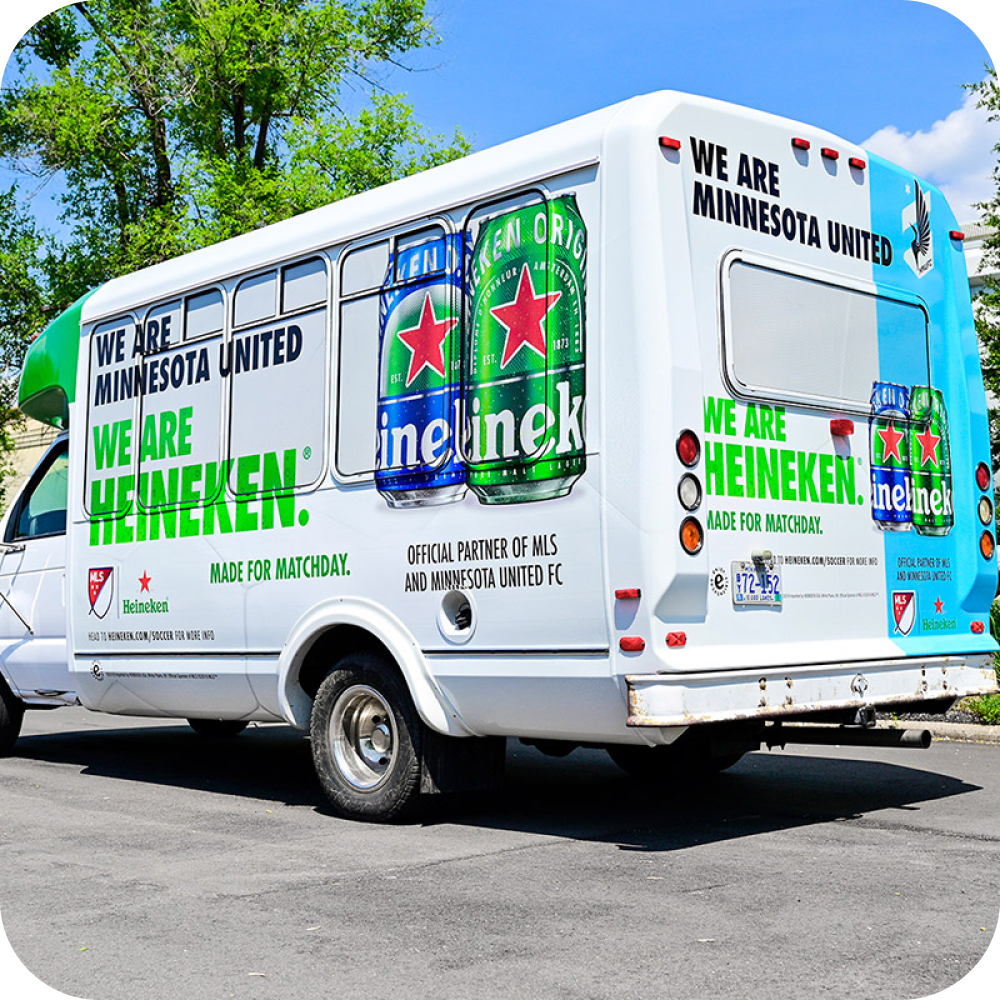
4. Make Your ROI Count By Standing Out
Sometimes you gotta go big or go home! A unique fleet graphic will promote more brand awareness than a simple one. A slight upgrade to design and coverage may dramatically enhance that eye-popping effect. Take time to determine how the desired outcome will best be achieved within the scope of your budget.
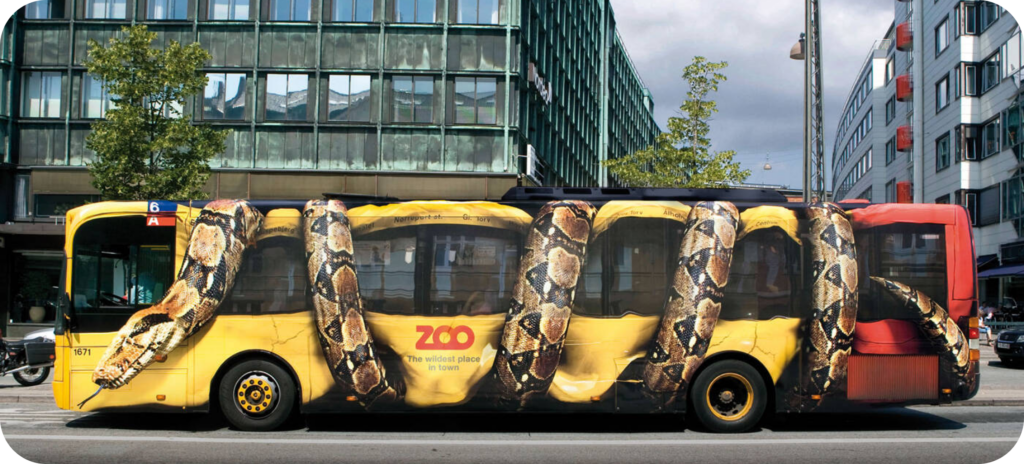
5. Die-Cut Only
A common misconception in fleet graphics is that they must be printed products. This is not the only option! If the material comes in the desired color, we can simply die-cut it to your desired shape. Another great way to save money is to utilize laminates. For example, we applied anti-graffiti laminate on city buses that were constantly being tagged [spray paint]. Once installed, graffitied buses simply go through the bus washing station for removal – saving thousands in repainting costs.

6. Choose The Right Fleet Graphic Material
There are thousands of fleet graphic materials, film types that you can get lost in. We examine the application and the expected service life of your graphics to properly determine what substrate and process should be utilized. The risk of selecting the wrong material is not only a loss of time and money but could damage your brand’s reputation. When you’re talking about the essence of a company’s brand, the performance of a material is of the utmost importance.
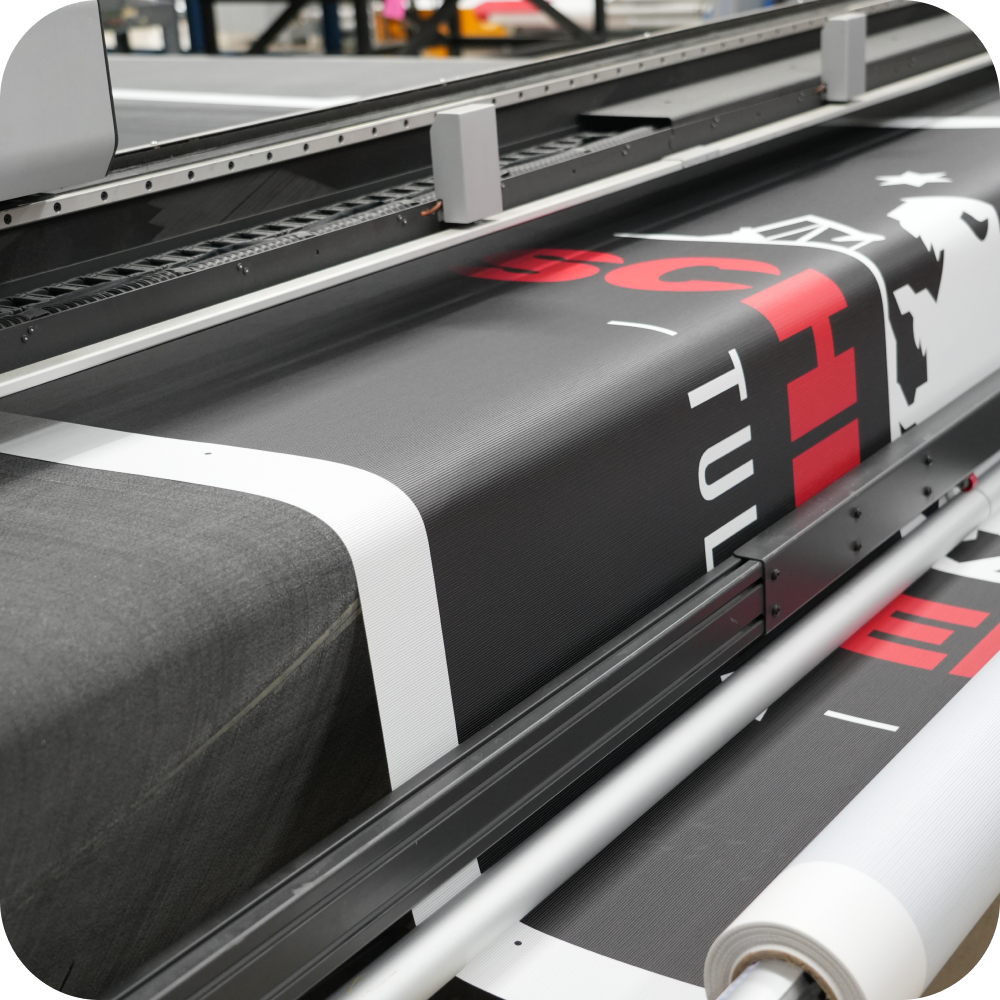
7. Efficient Design
As is true in any marketing program, efficient foundational design can reduce the total cost of a project. In the example below, partial graphics are utilized on a white trailer, however, it gives the appearance of a full wrap. This not only reduced costs for the client but by utilizing creative art, their brand awareness intensified and resulted in improved ROI.
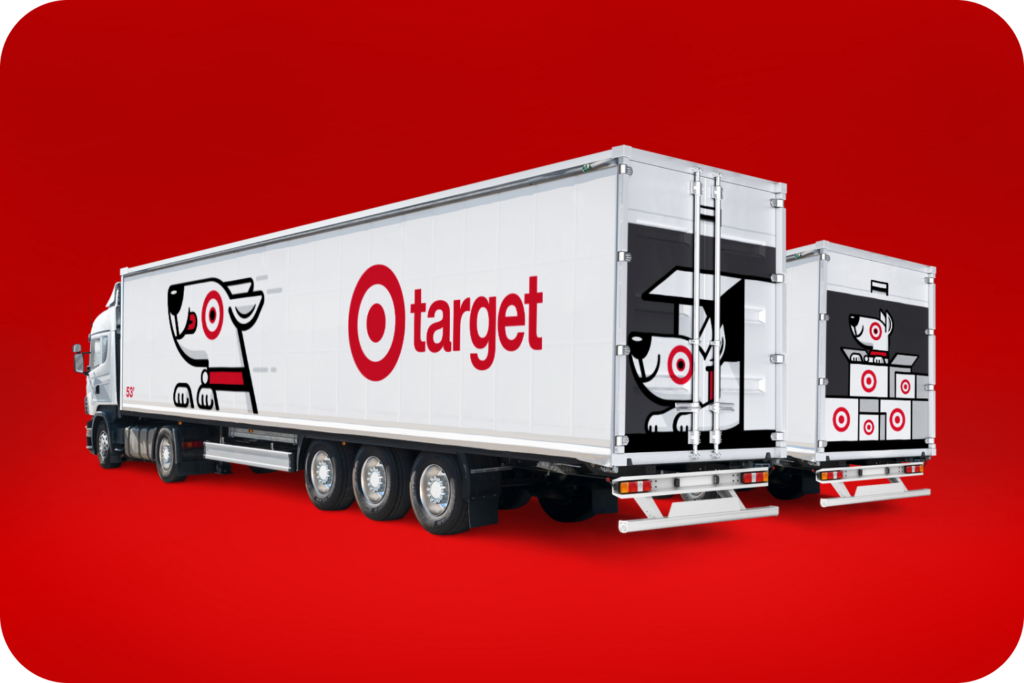
8. Think Outside The Box
Let’s face it; this is an overused business cliché. But the principles it stands for – approaching problems in innovative ways, conceptualizing problems differently, and understanding your position in relation to any particular situation – is our goal with every project.
Don’t overlook approaching a fleet graphics project with a unique idea. Below is an example of a creative solution, printing on banner material for a large scale, durable portable storage container fleet graphic campaign.
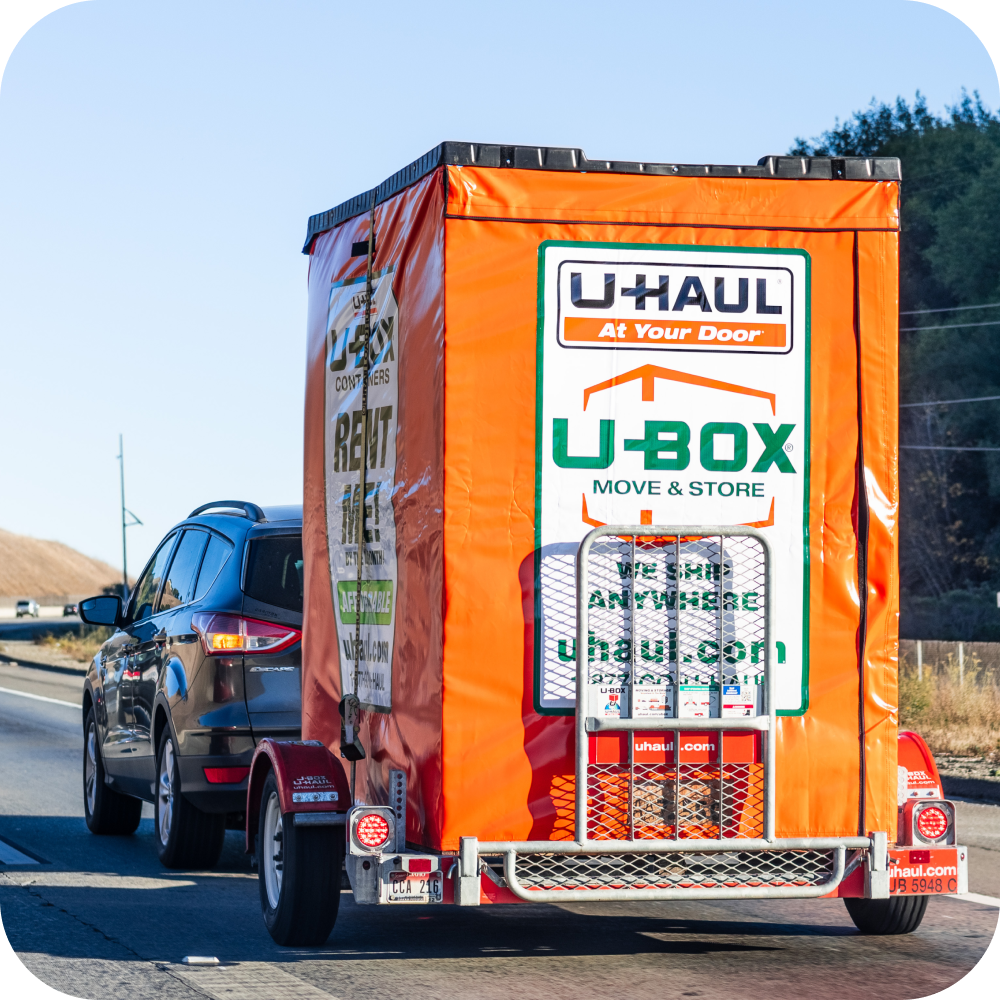
9. Design With Safety In Mind!
50% of traffic deaths happen at night – National Safety Council
Visibility decreases by 95% at night – U.S. Department of Transportation Federal Highway Administration
Creating a culture of safety with your fleet graphics is more than reducing hazards; doing so can also increase morale and productivity, and decrease insurance premiums for your business. We have helped hundreds of fleets implement this by manufacturing and installing reflective graphics, keeping drivers safe and their brand at the top of mind, no matter the hour. For reflective best practices, we highly recommend reading the U.S. Department of Justice’s Study on Emergency Vehicle Visibility and Conspicuity.
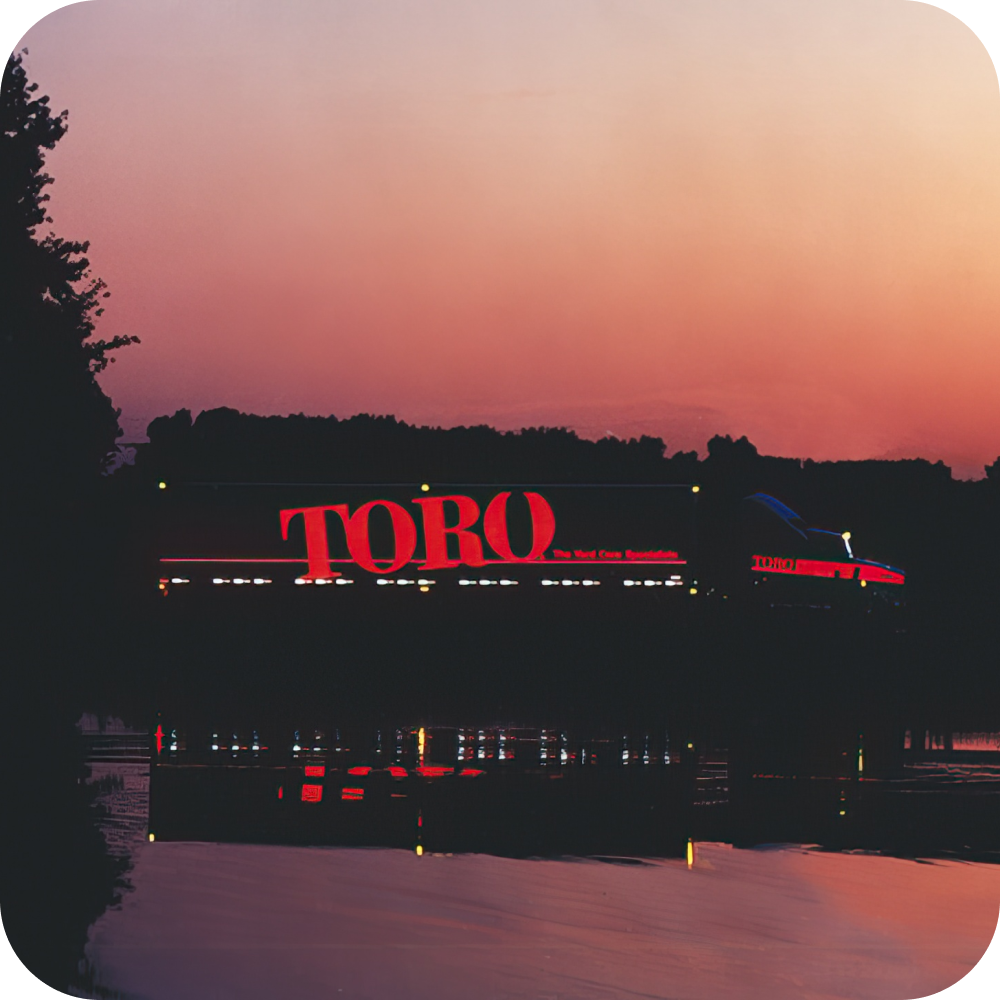
10. Curveball! Custom Paint Masking
There are times when a printed/cut fleet graphic isn’t the most practical solution. Custom paint masking can improve your bottom line if you have a paint process, need extreme durability, deploy a high quantity of vehicles, or utilize a complex painting assembly. Here’s a great example of how we helped save a motorcyle brand millions of dollars through our custom paint masking.
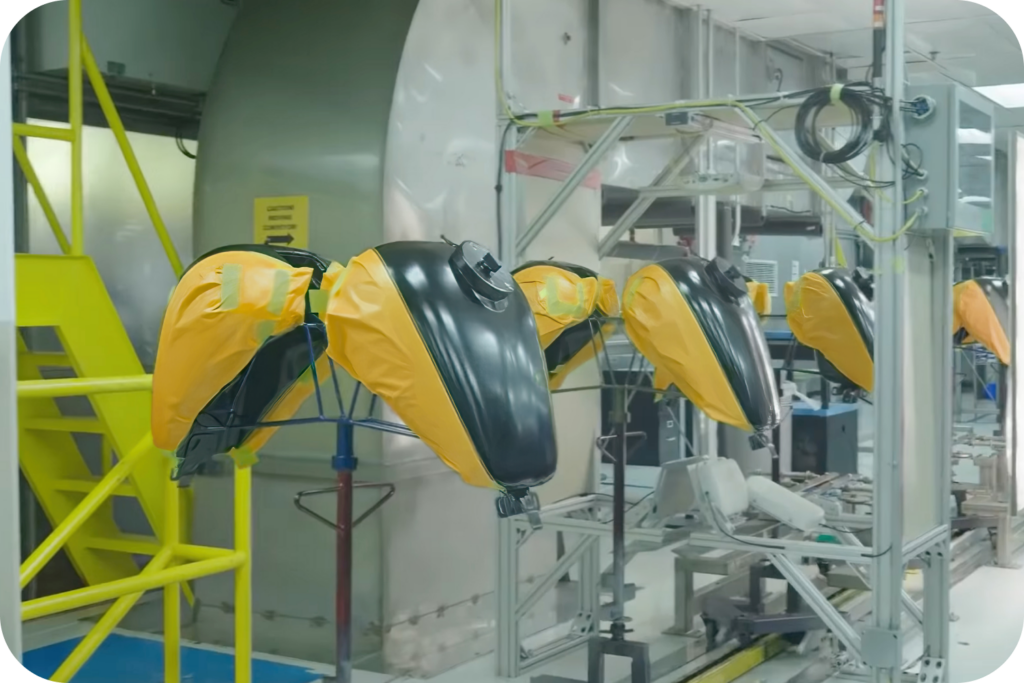
Grow your company’s revenue while personally enhancing your career! Fleet Graphics are awesome, but they take more than good artwork or a well-structured design to entice a consumer to buy a product. It’s a balanced recipe of great design, affordable manufacturing cost, clever placement, and judicious use of resources. Stay tuned for next month’s knowledge drop to learn more!
On the other hand, if you can’t wait or want to cure your fleet graphics issues RIGHT NOW – click here, and we’ll talk today!


